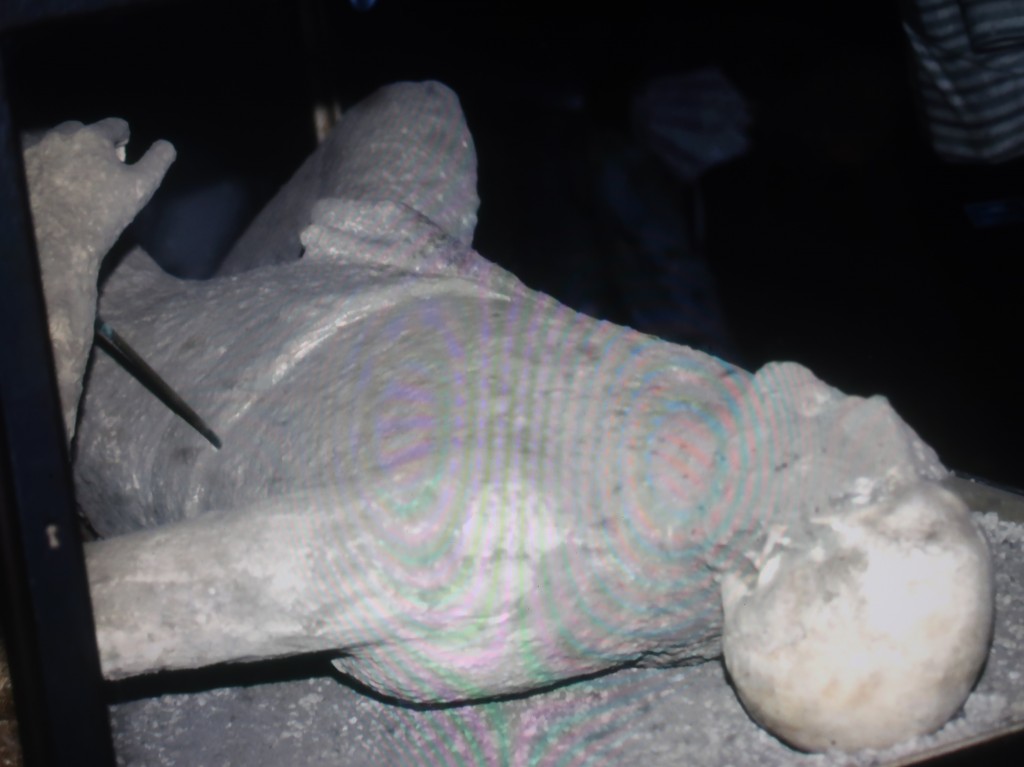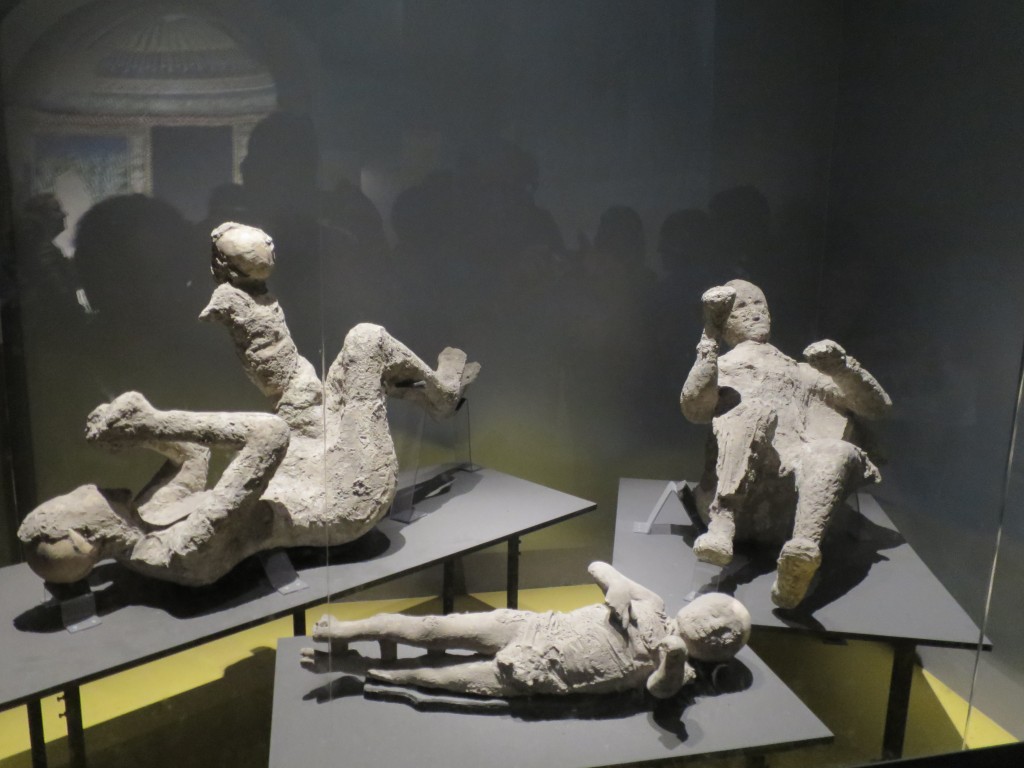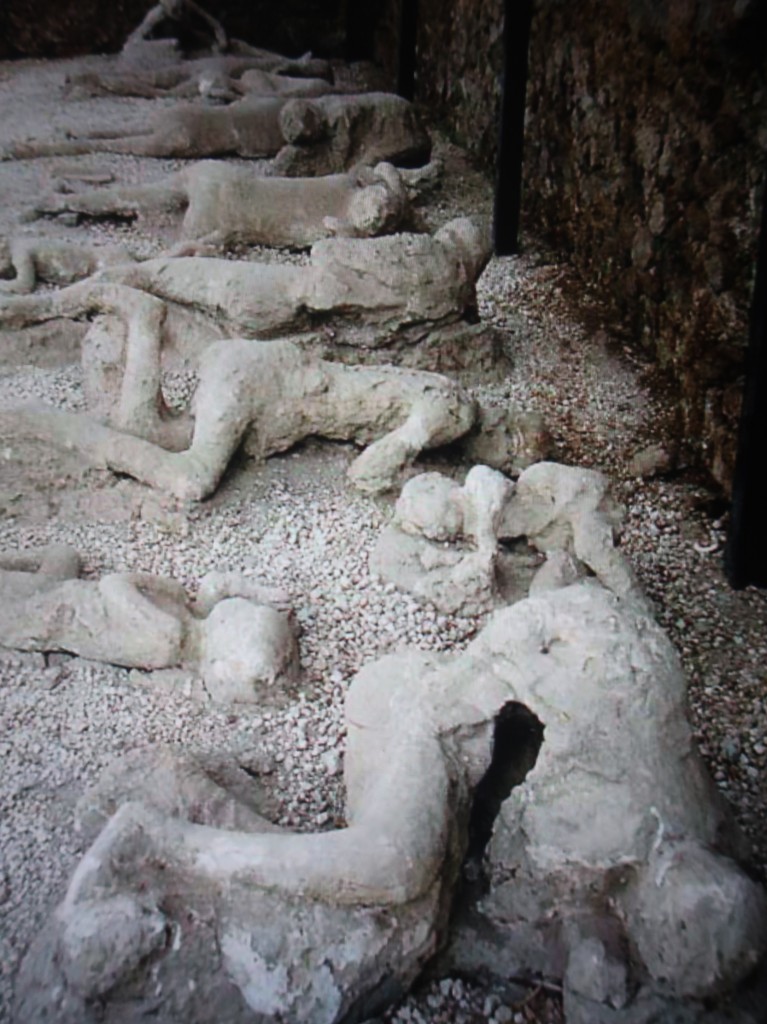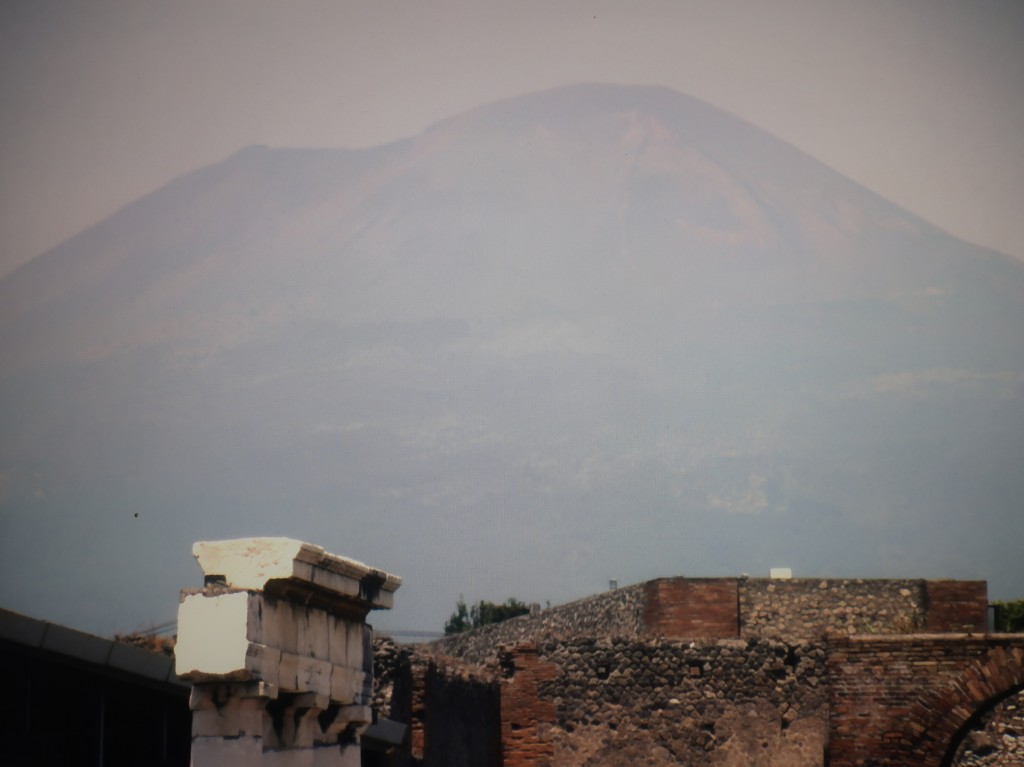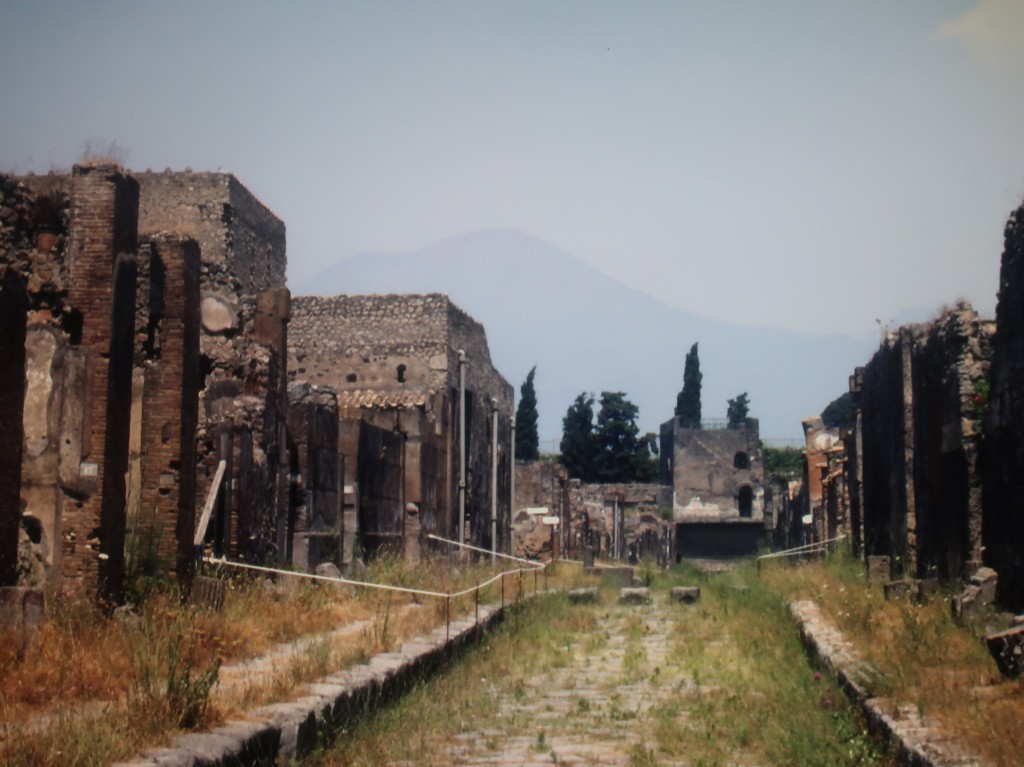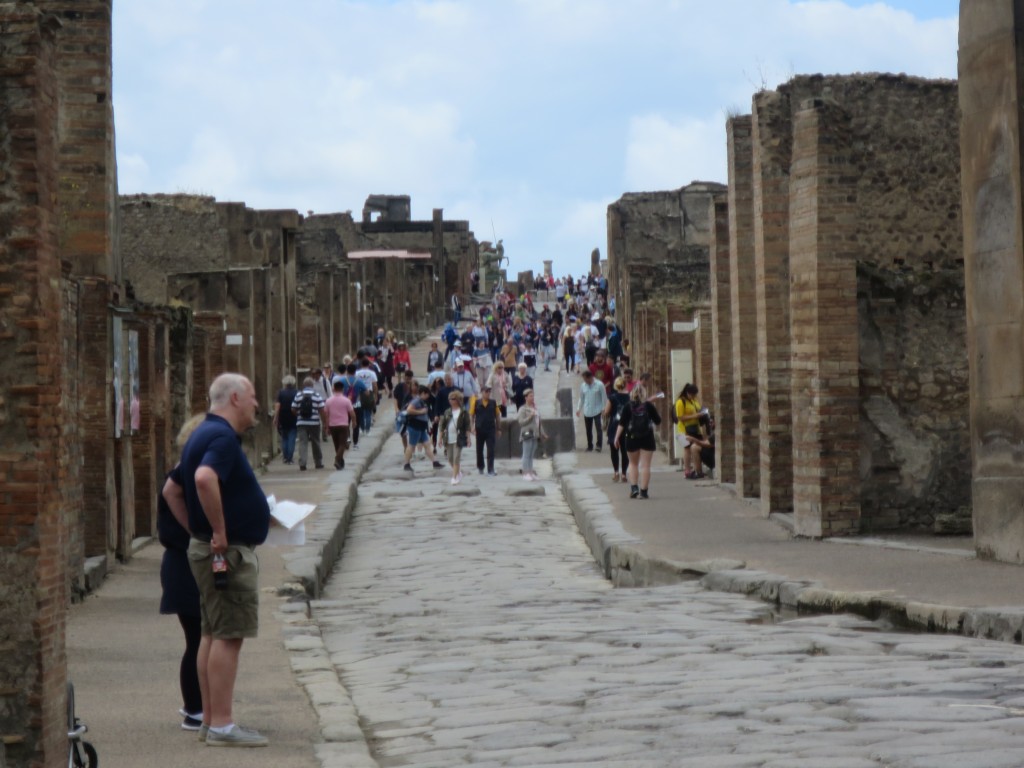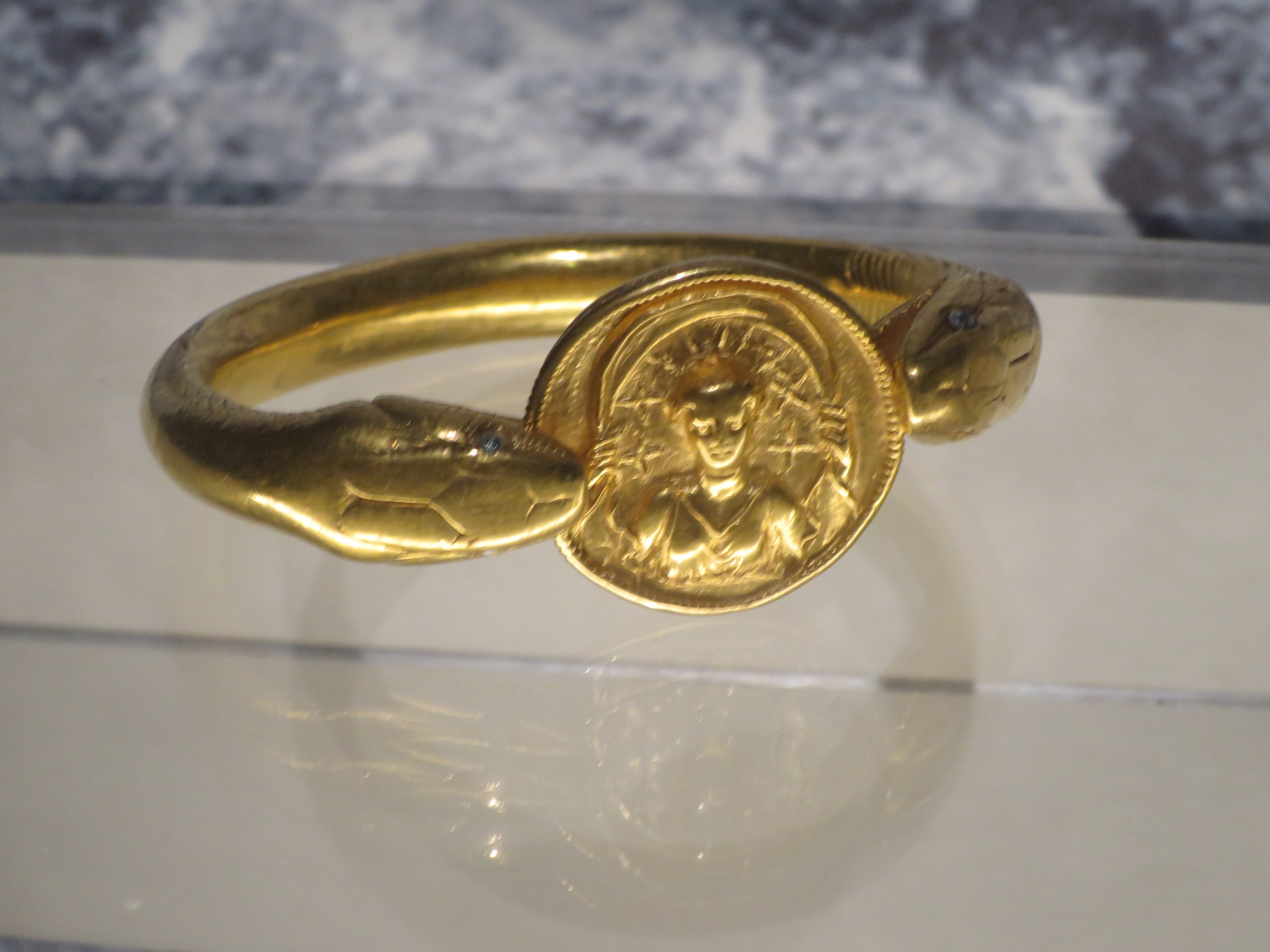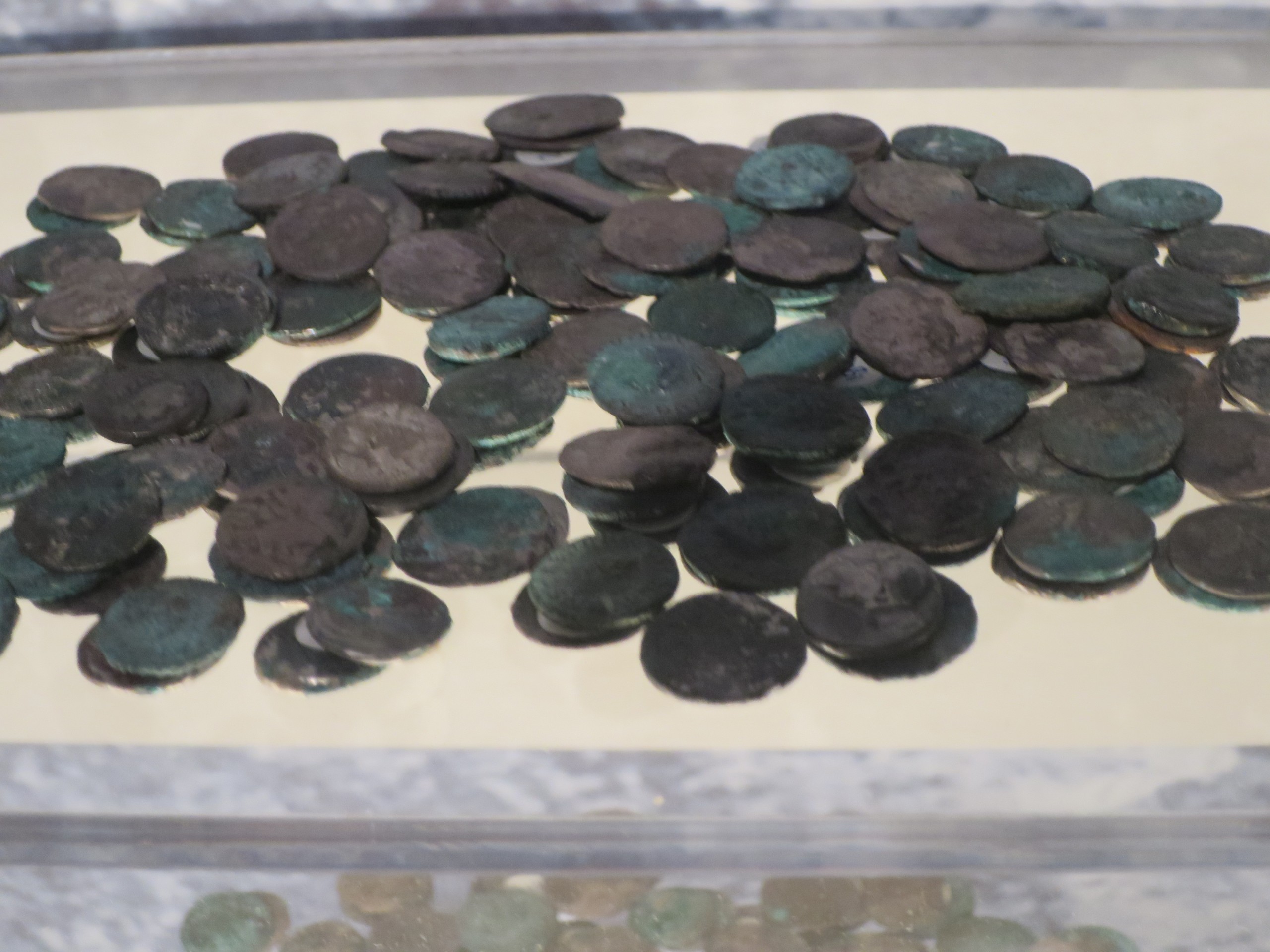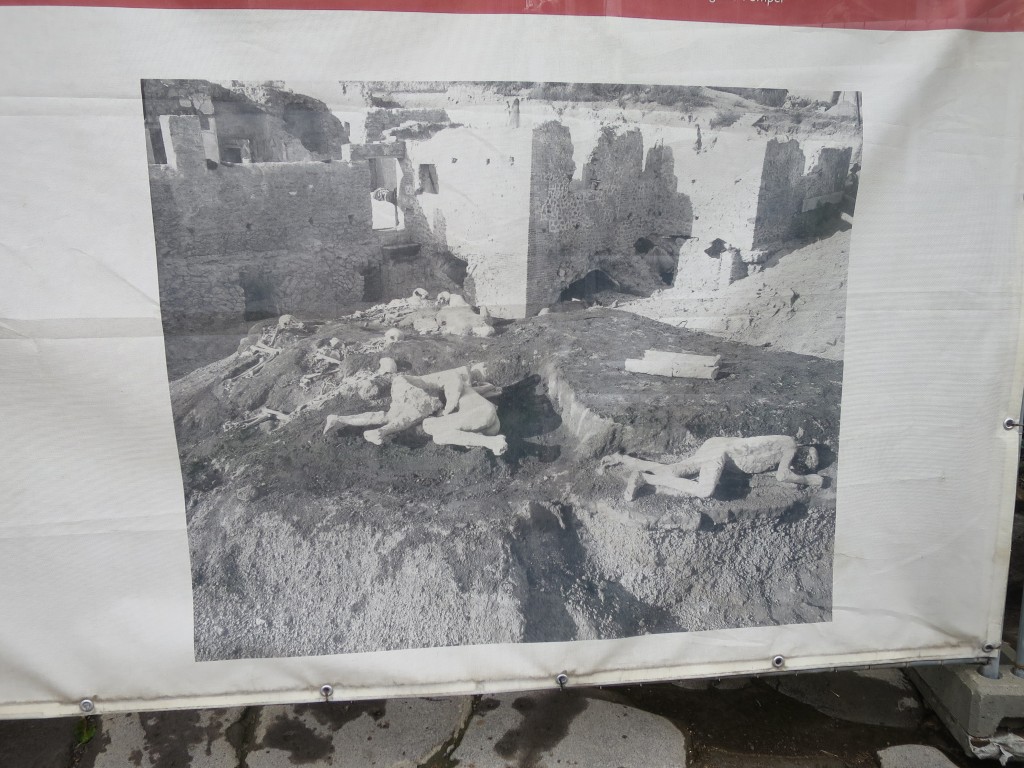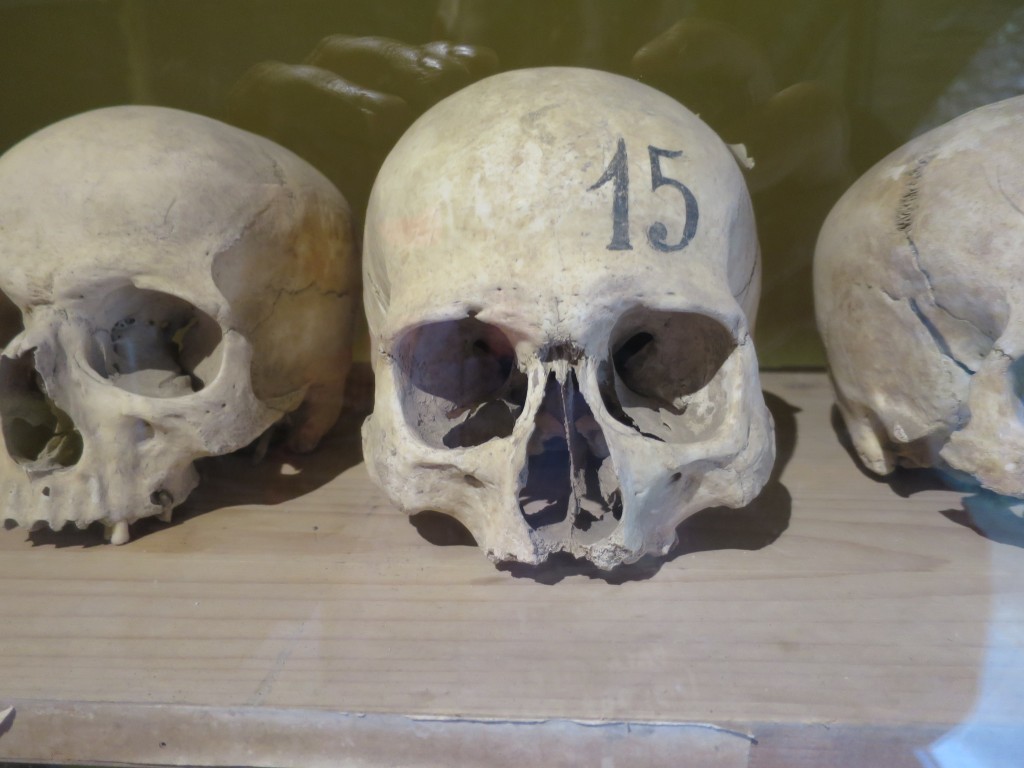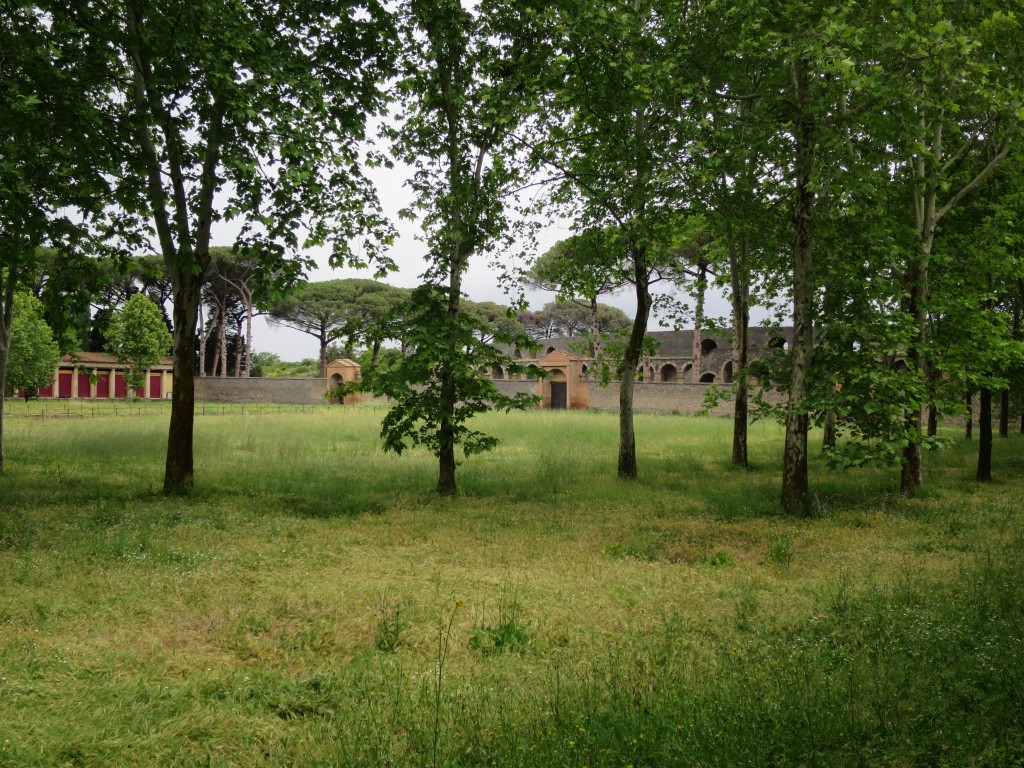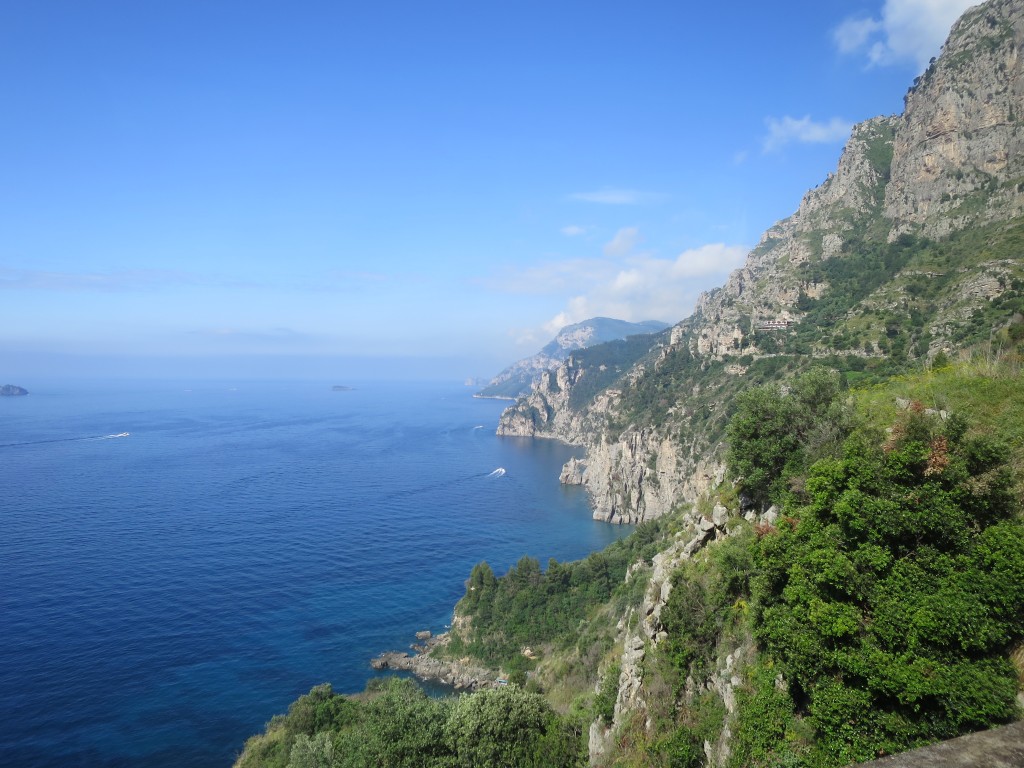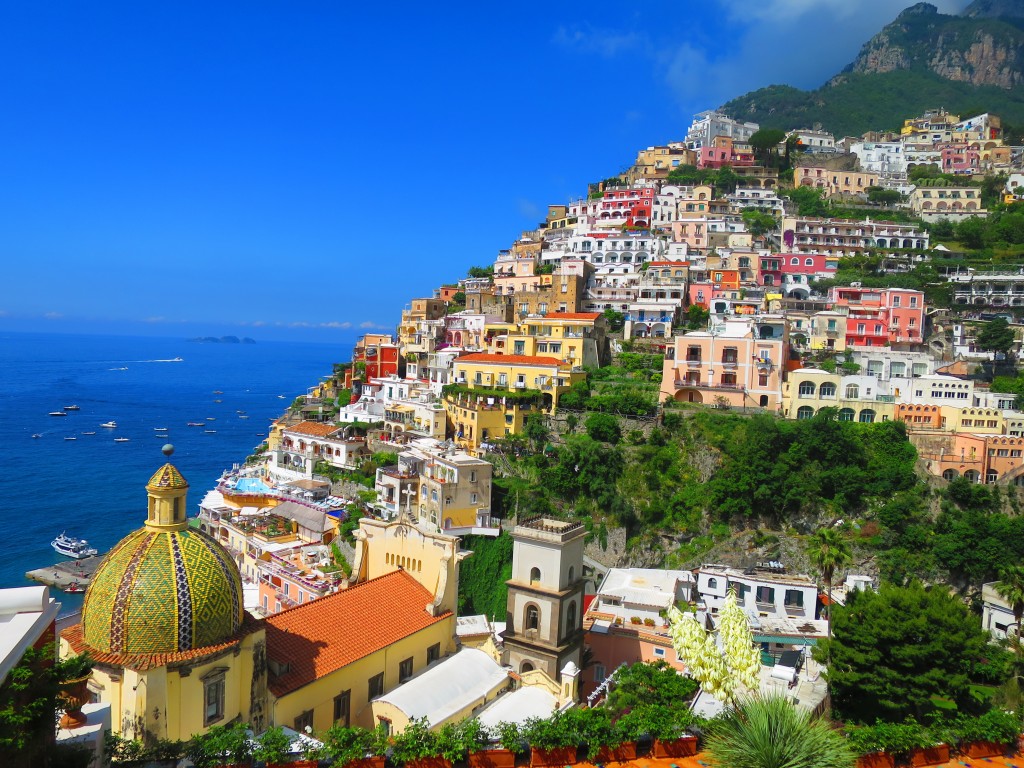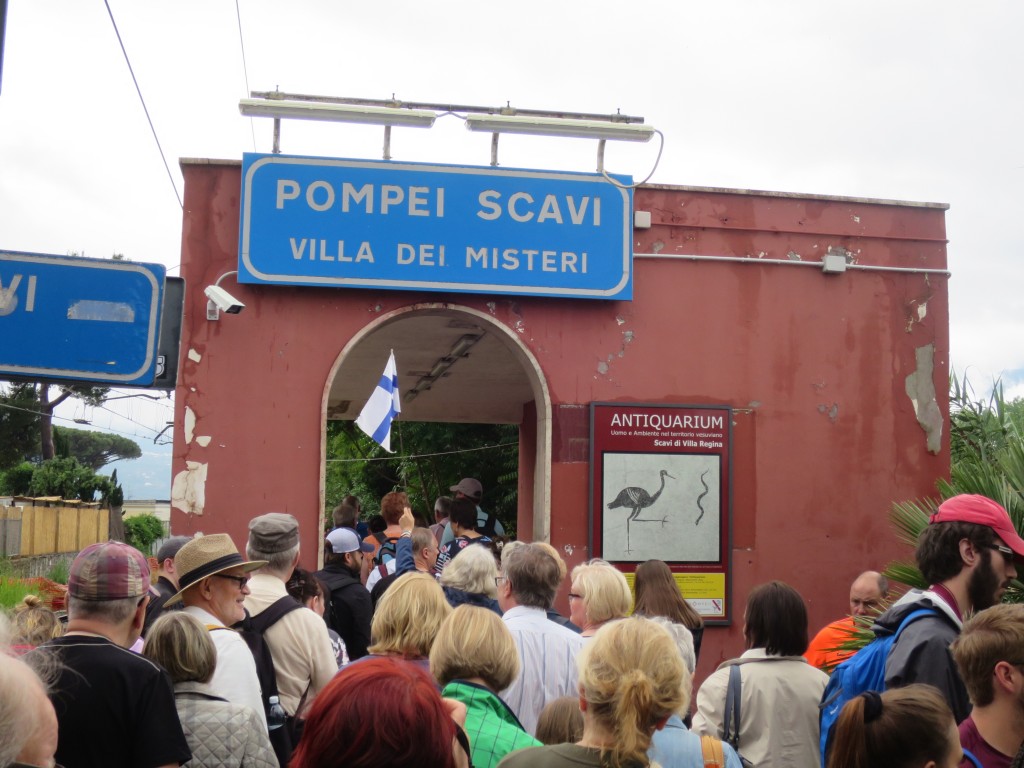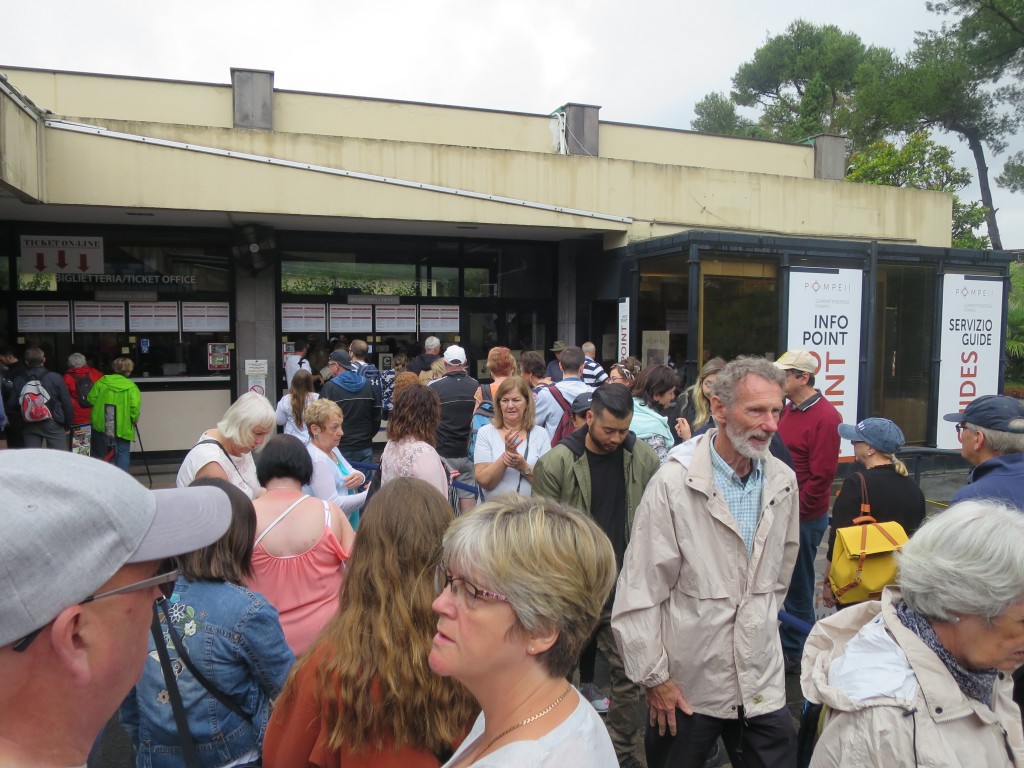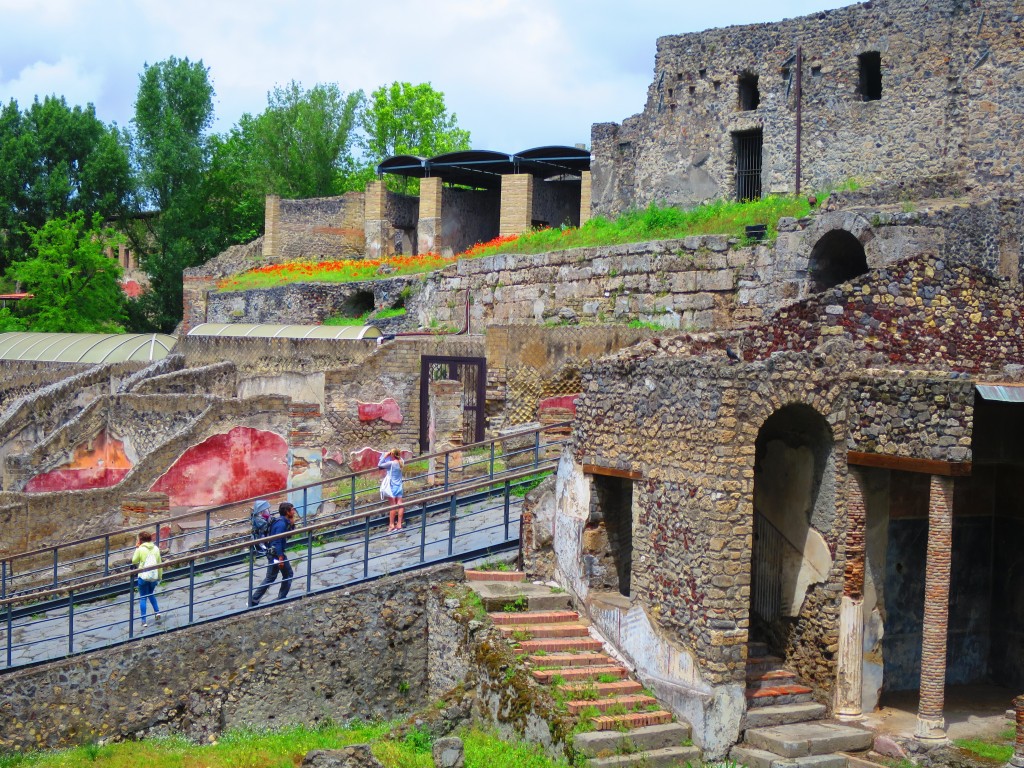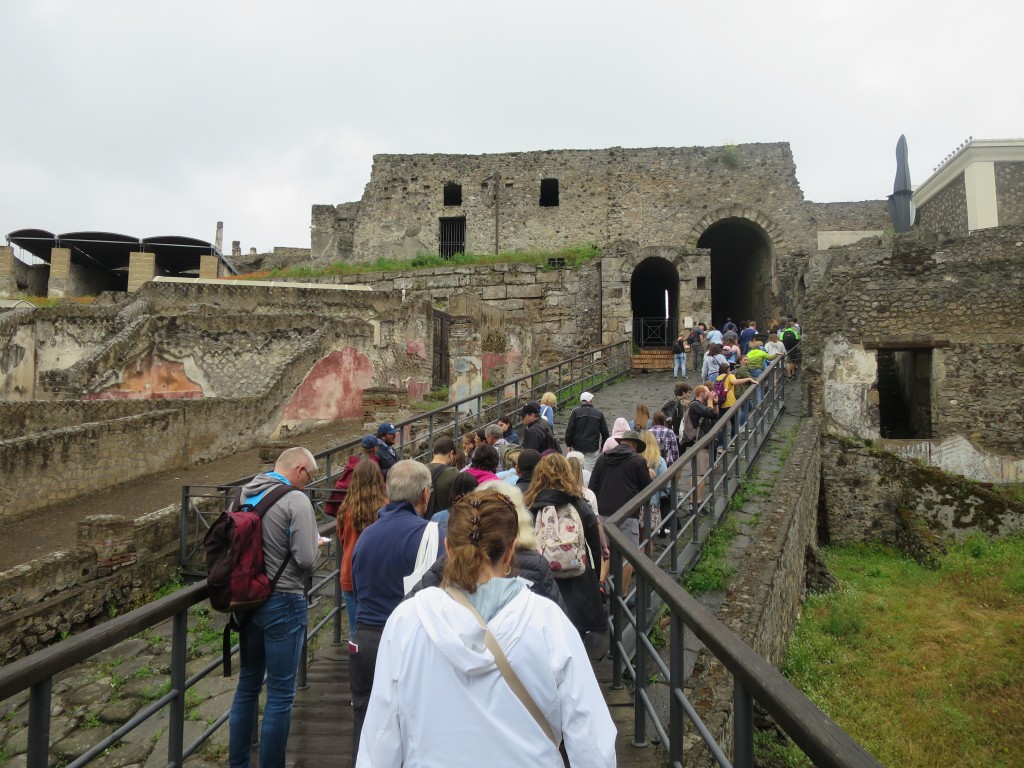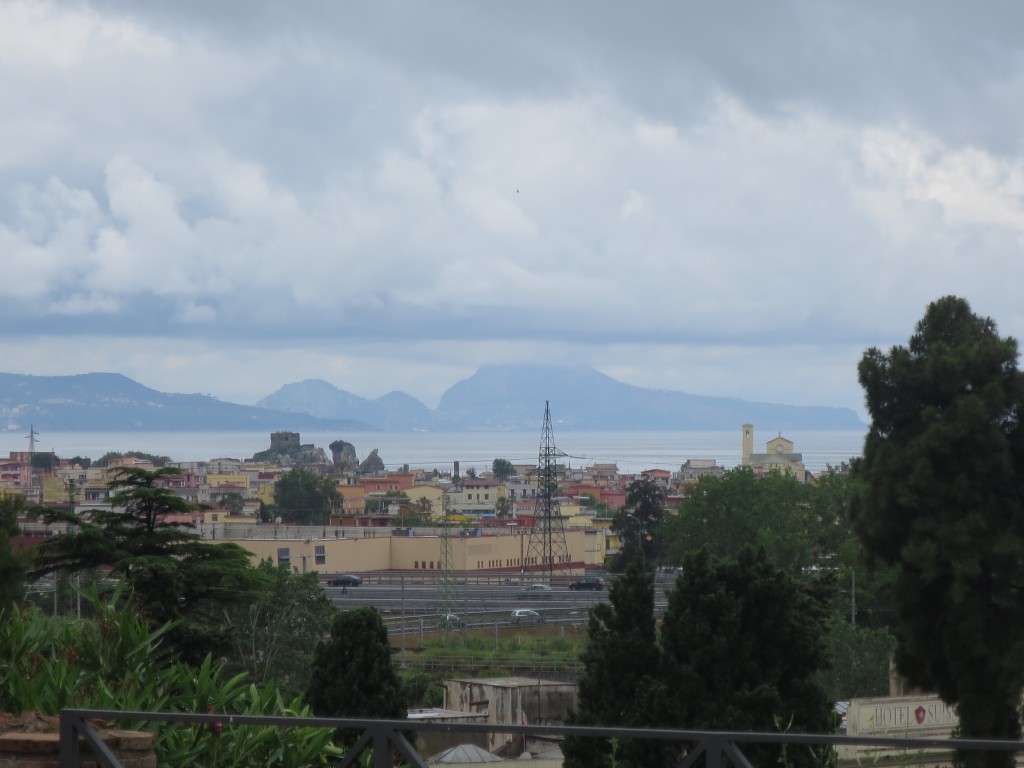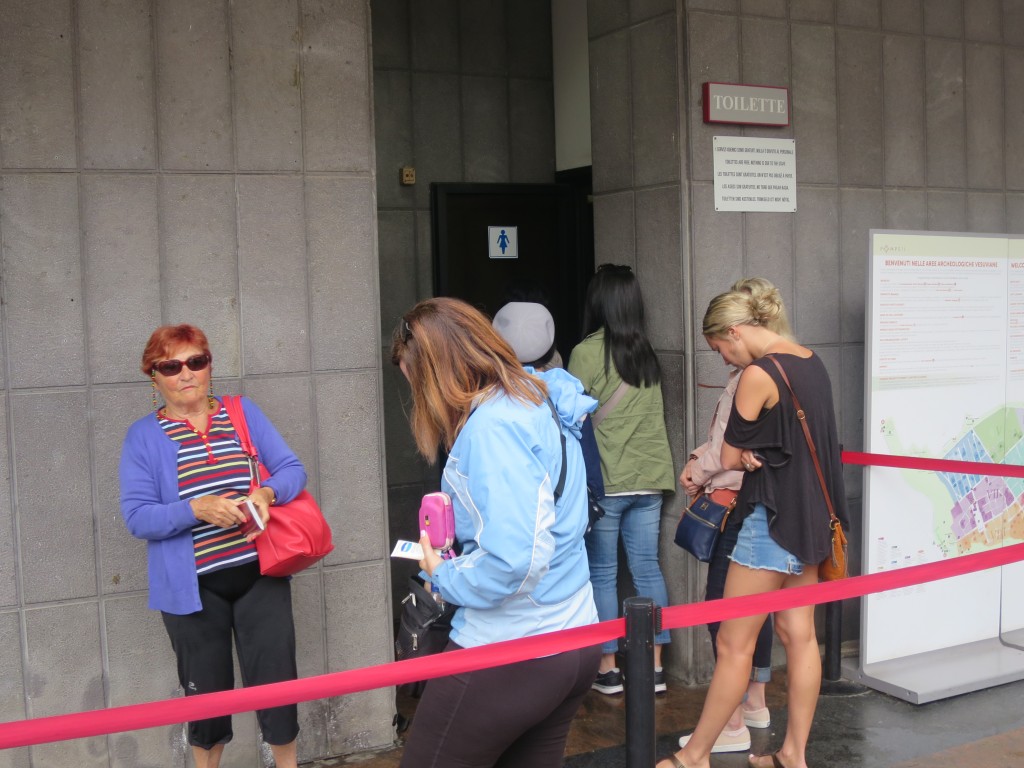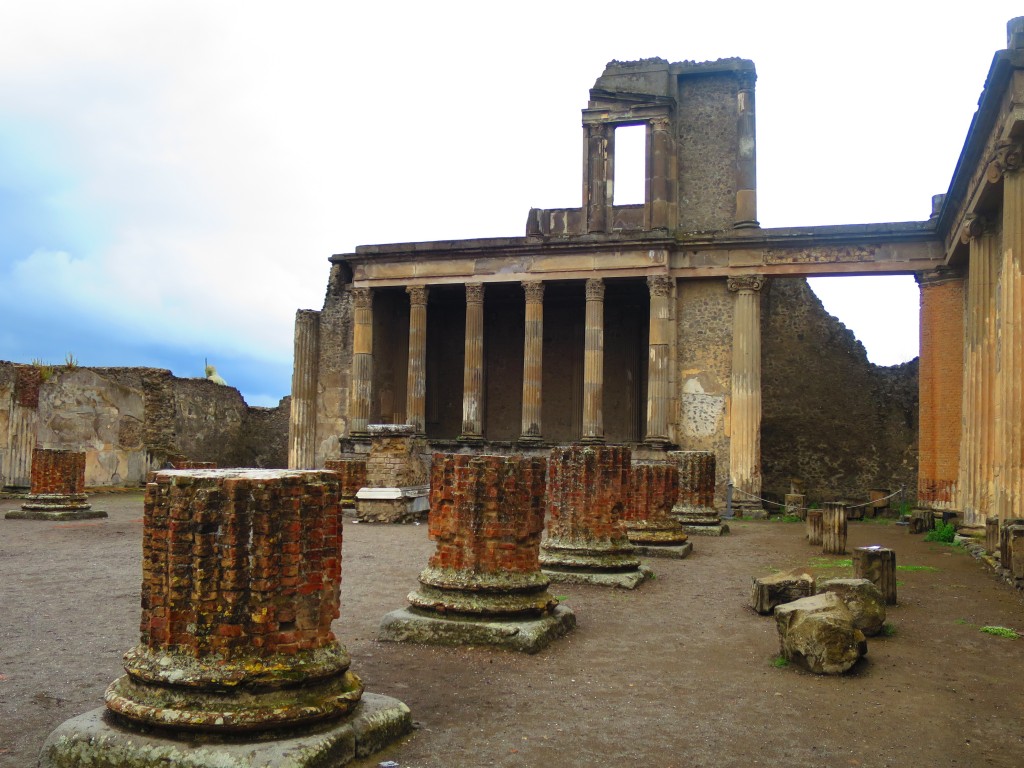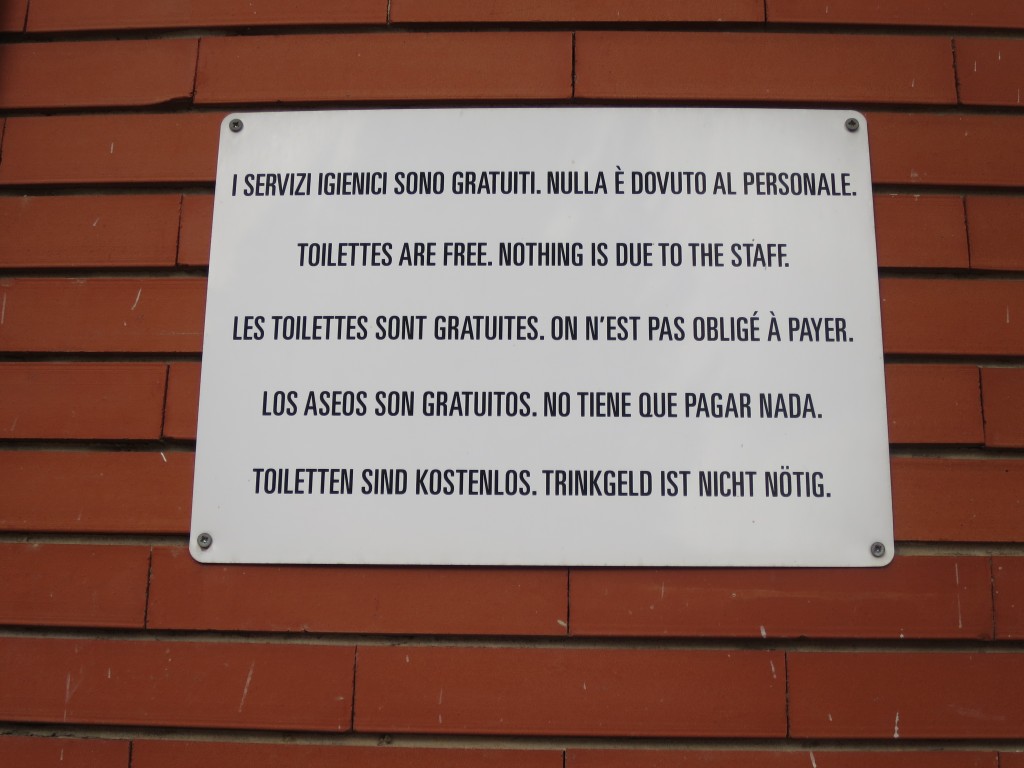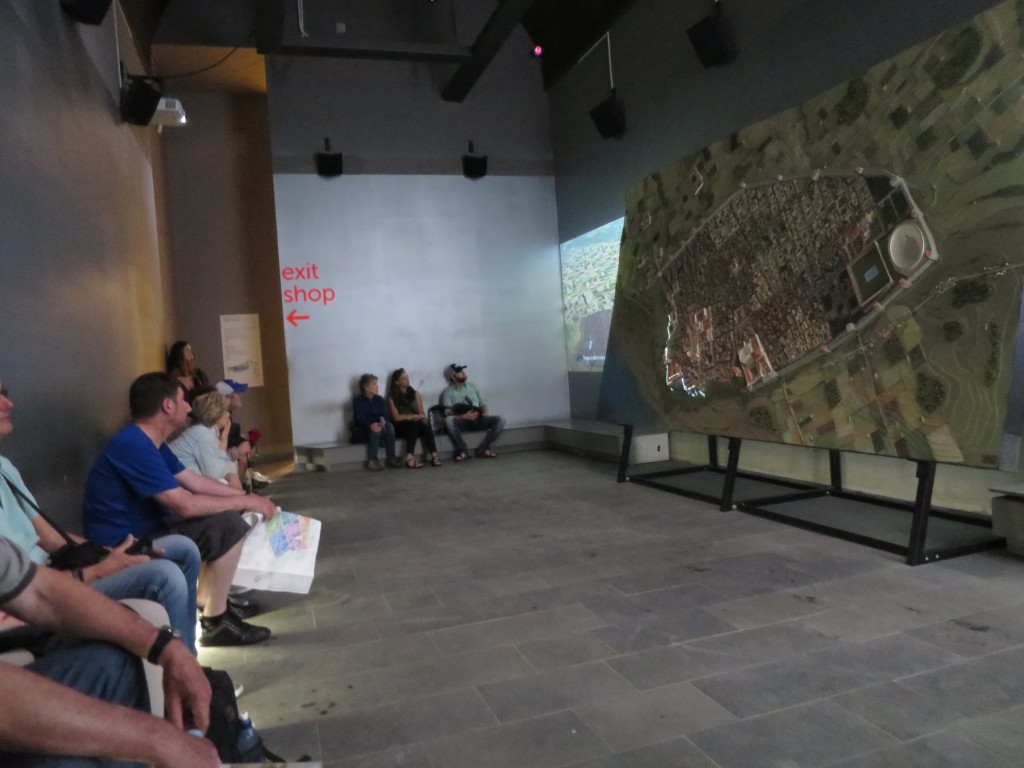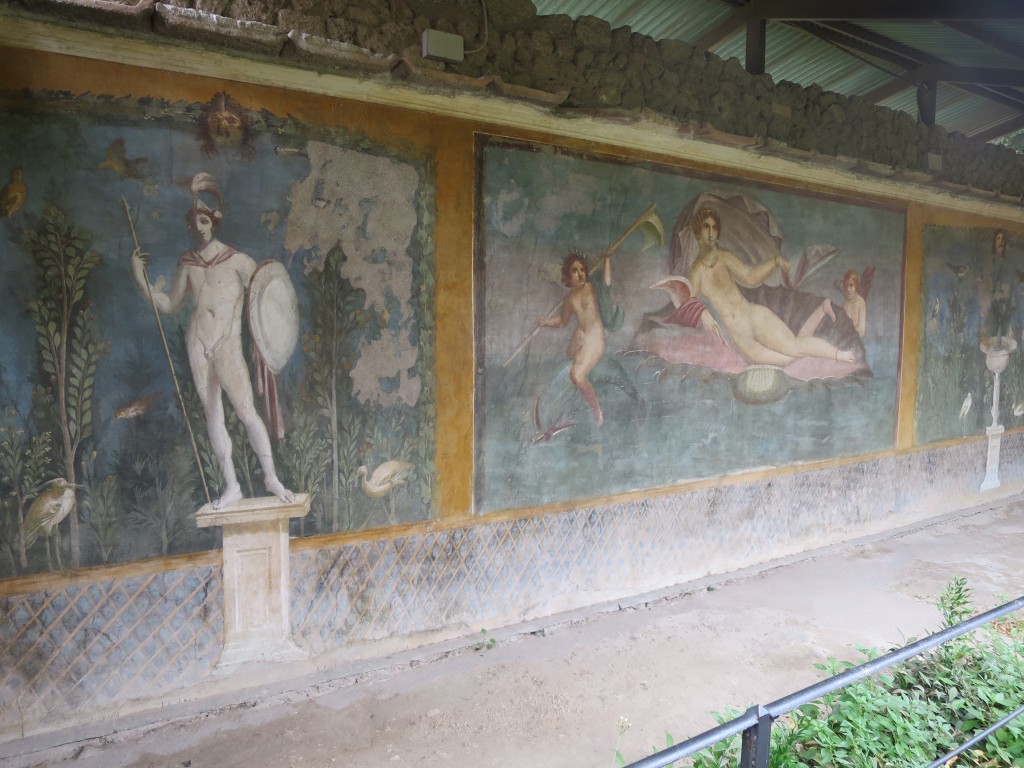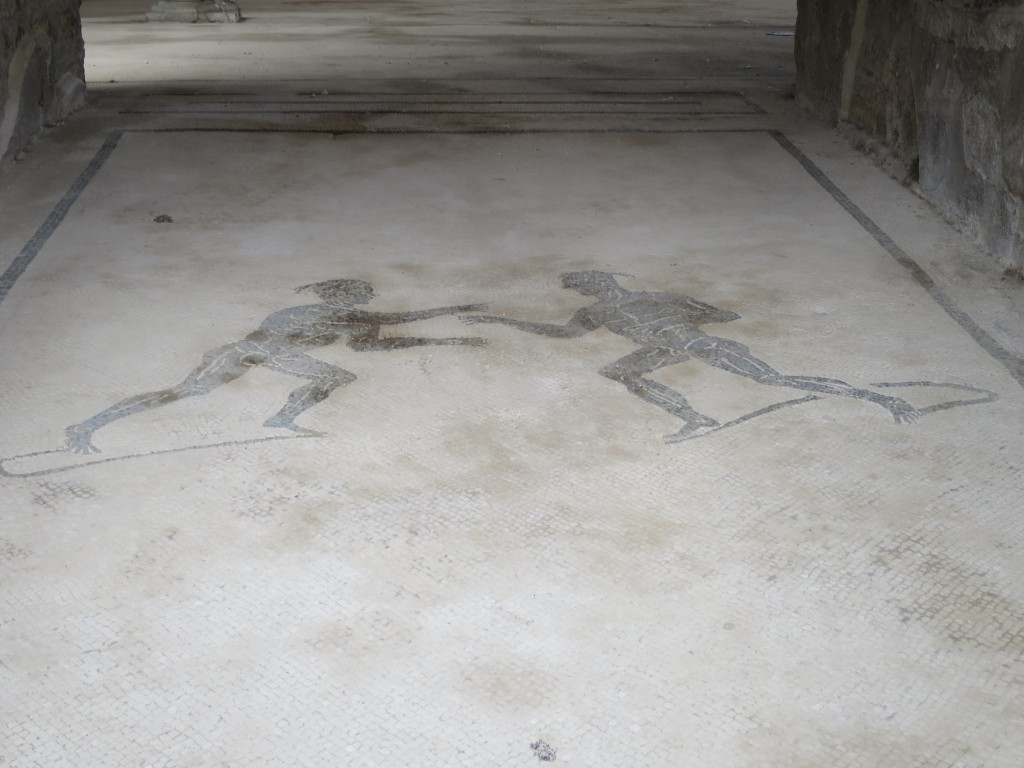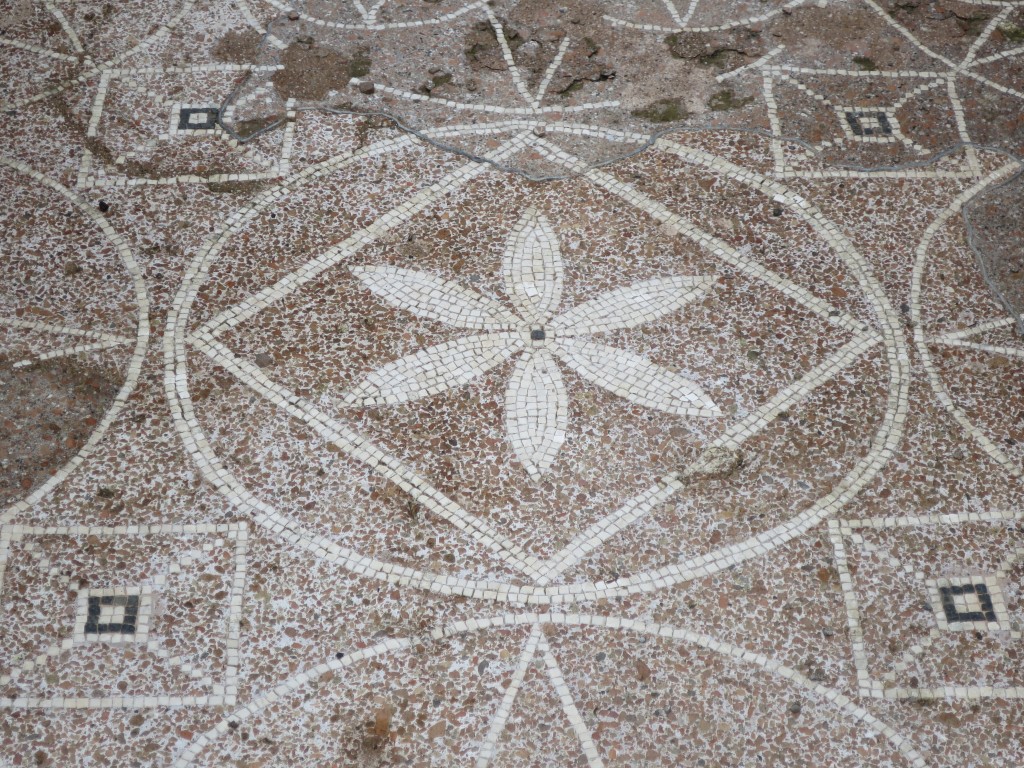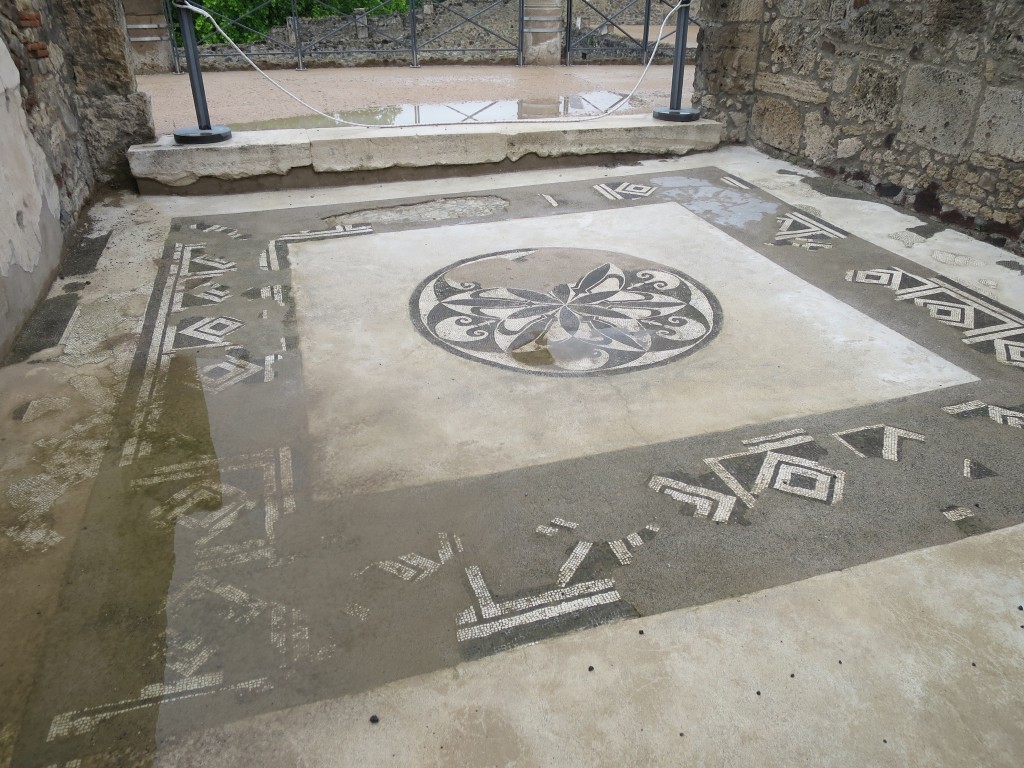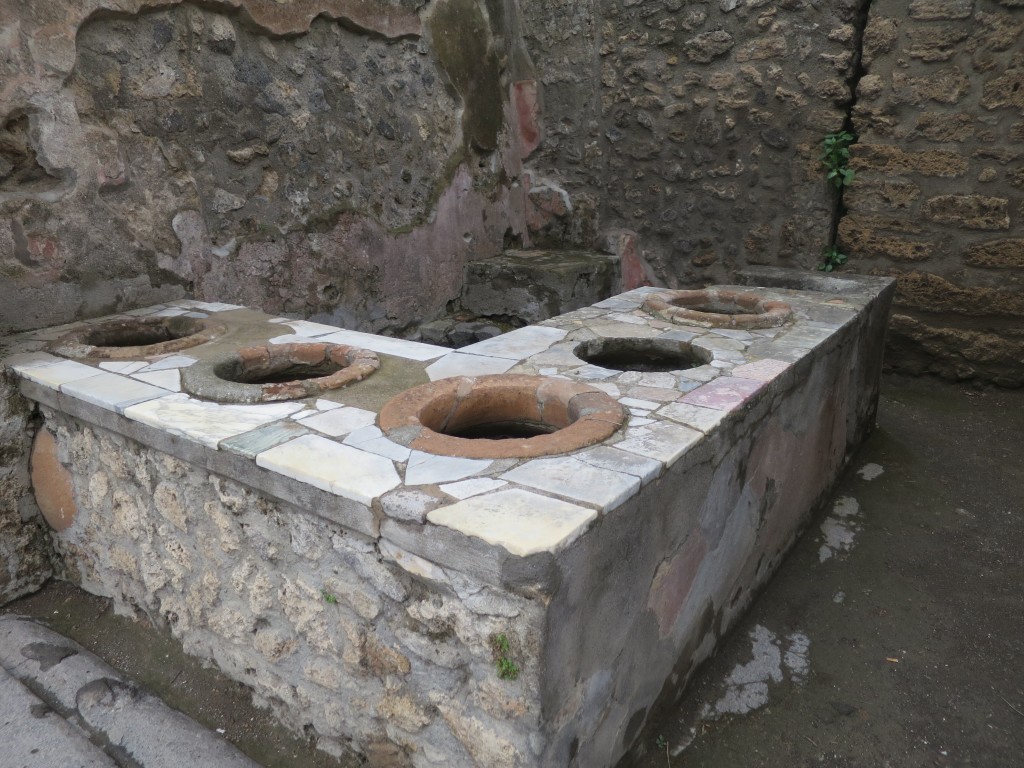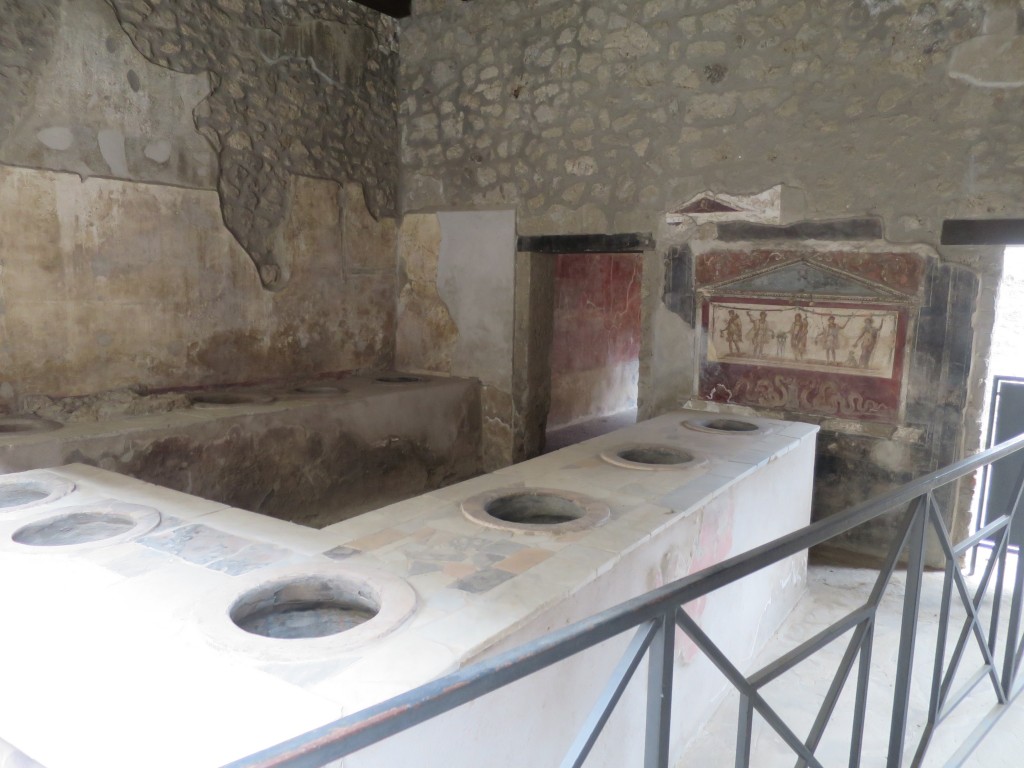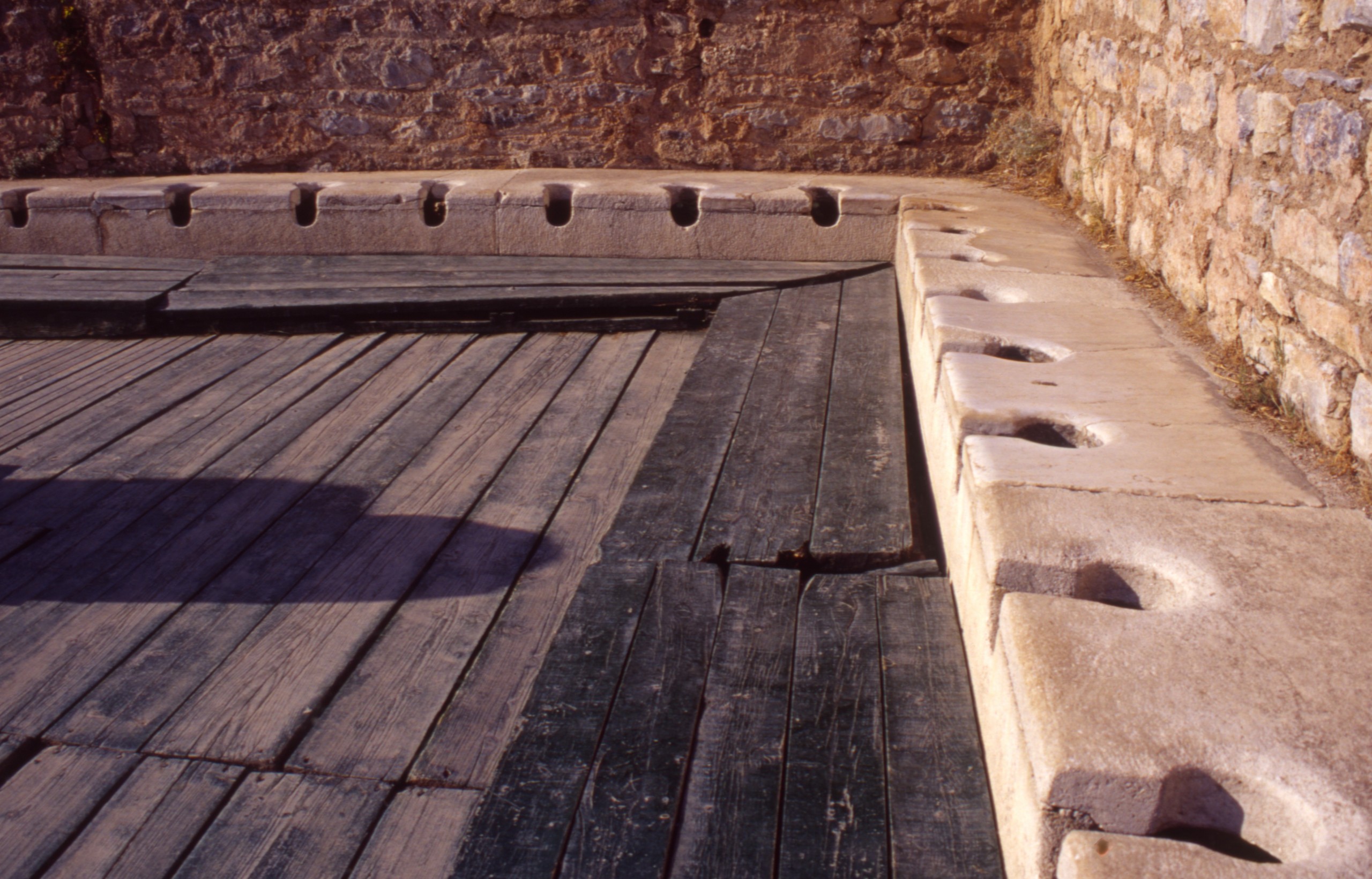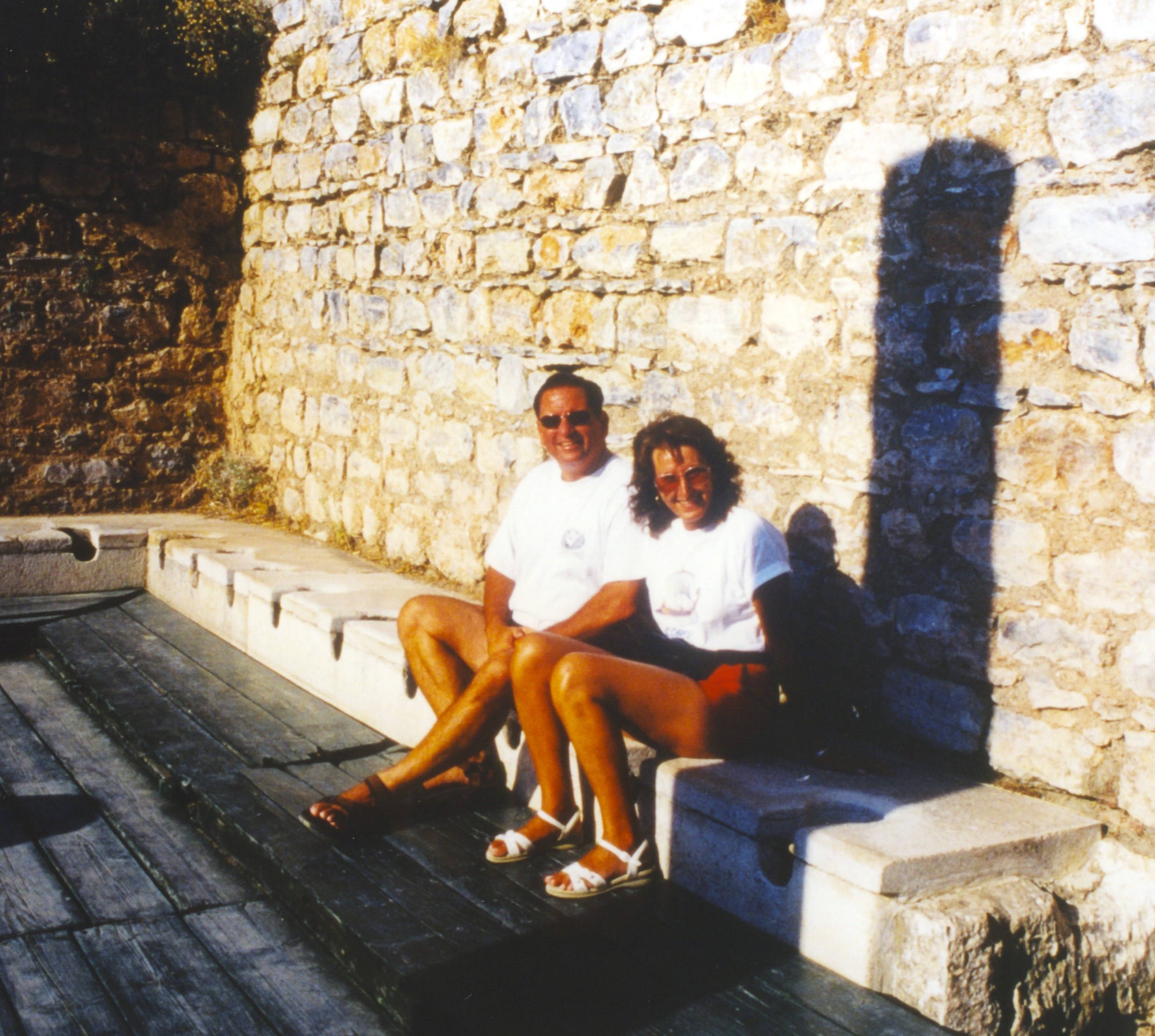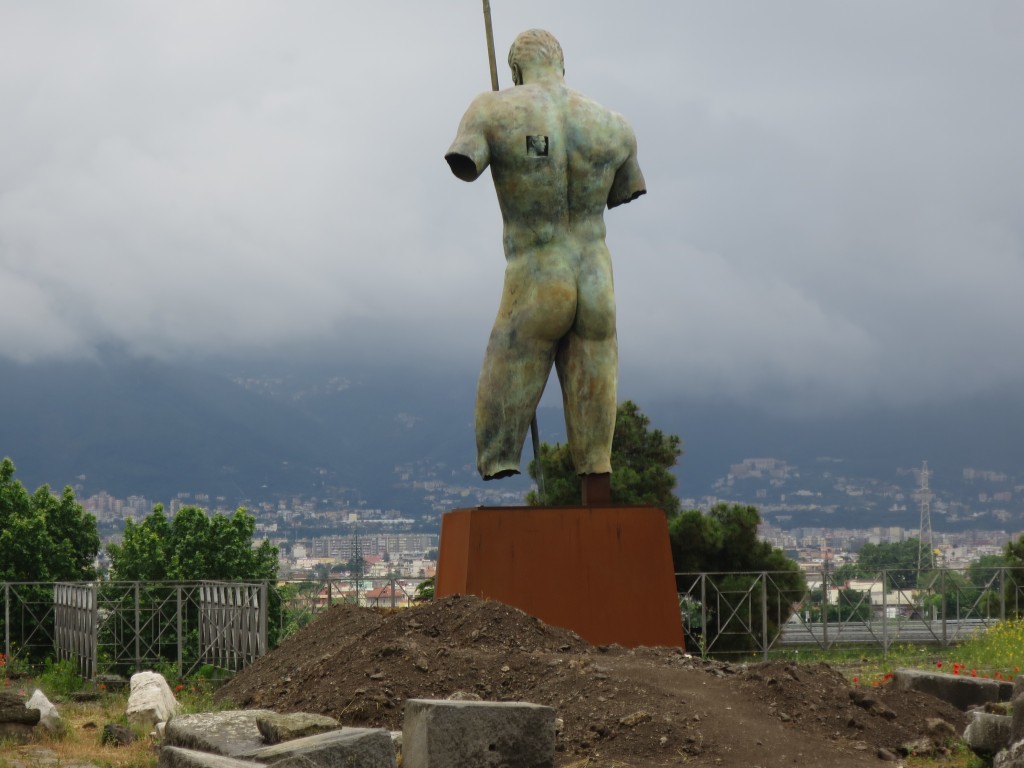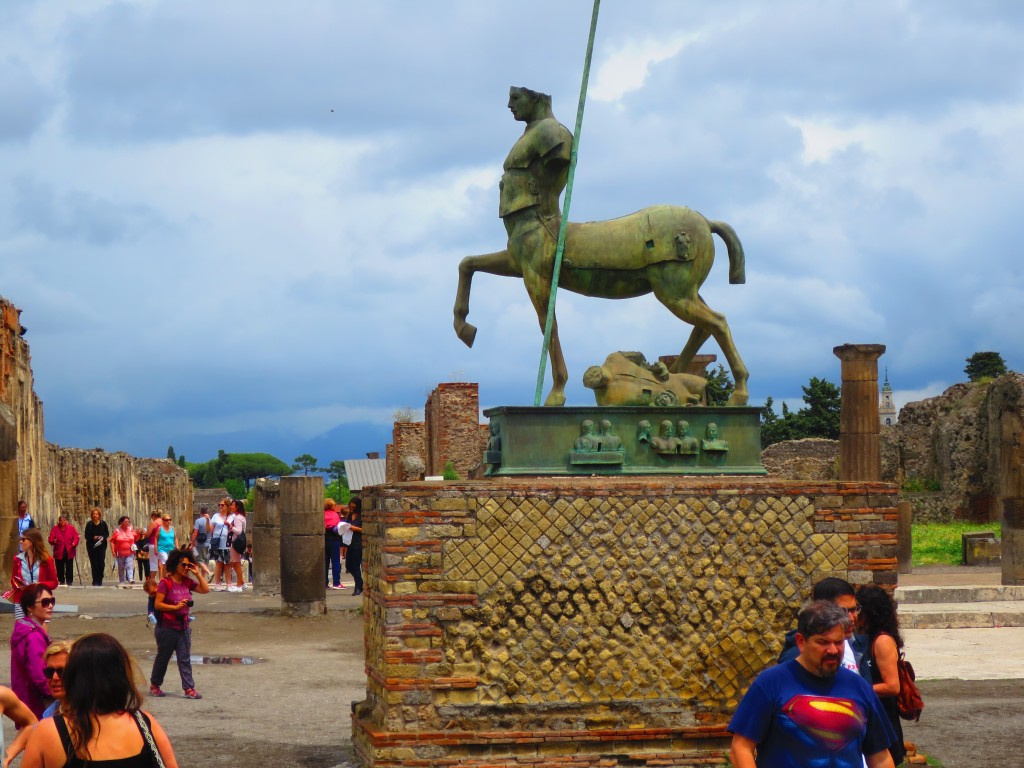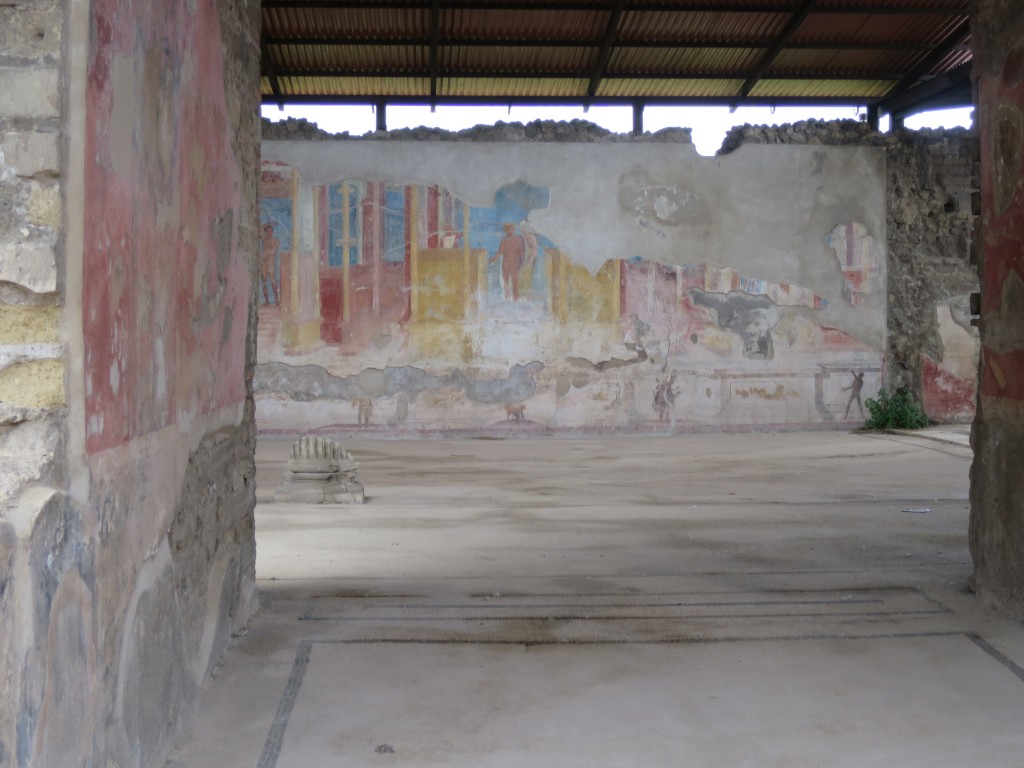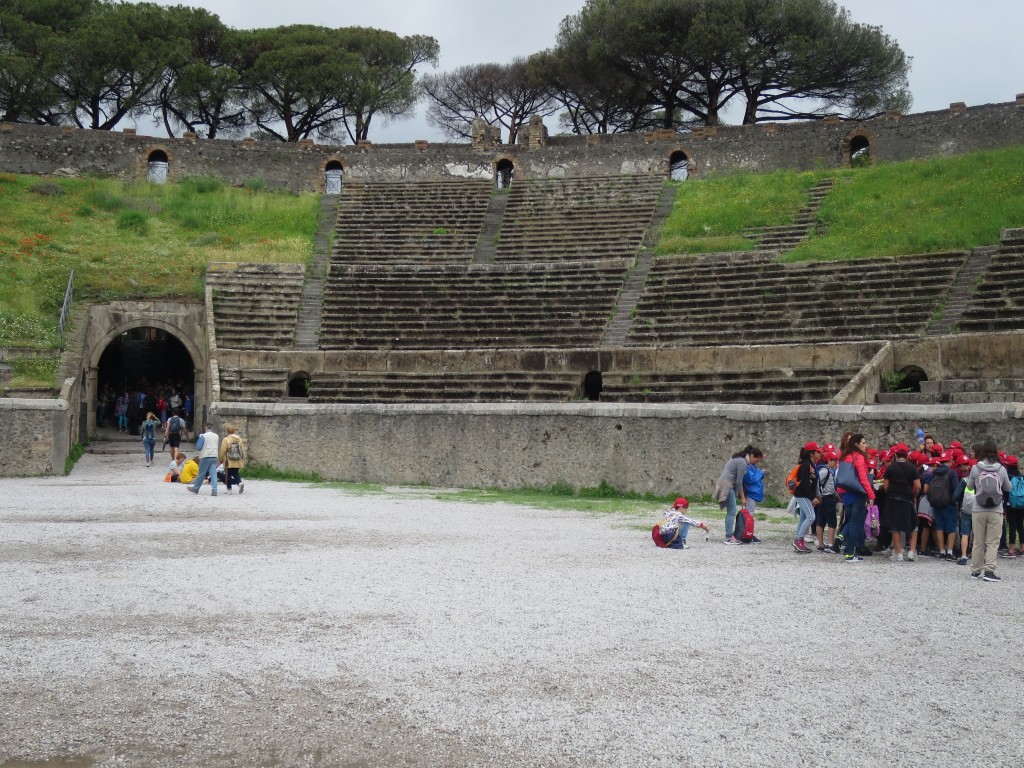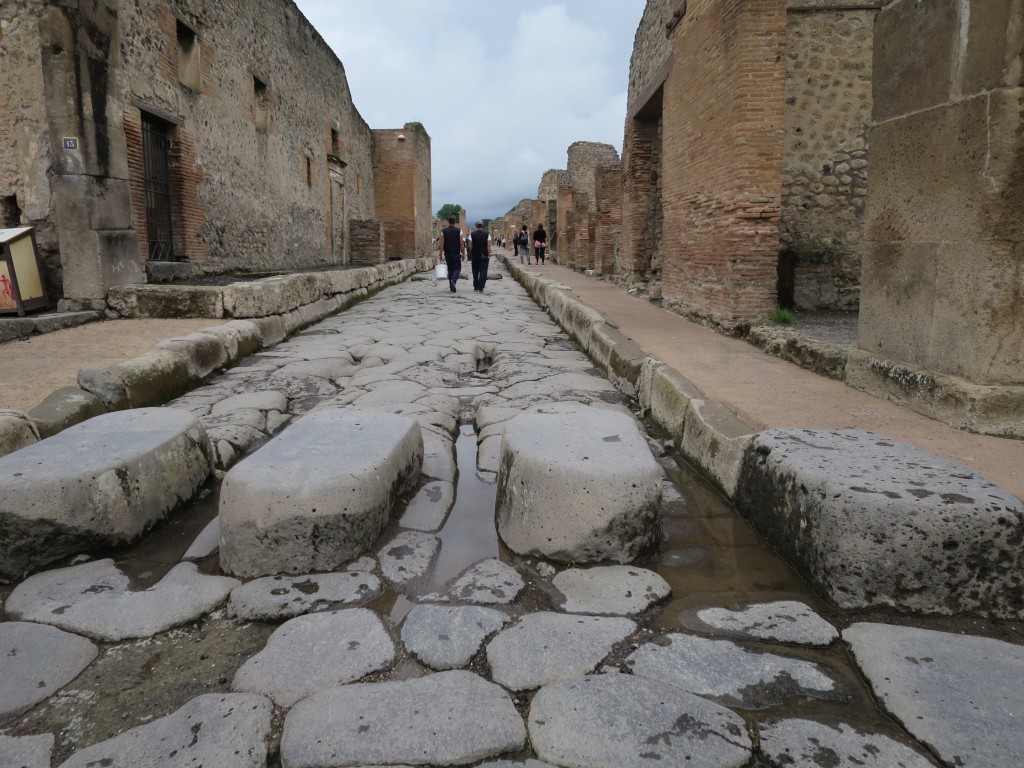I learned about the destruction of Pompeii in grade school. As the story is told a “farmer found an artifact revealing the city” which is over a 1000 years old. Every so often, National Geographic would have an article about this city that once was lost in time. I have been blessed to have visited Pompeii twice: once when I was thirty years old with a student tour group; and when I was 63 with my wife, Kathie. The following is our story.
It is estimated between a 1000 to 2000 people perished in Pompeii when a Mount Vesuvius pyroclastic flows subdued the city in 20 to 30 feet of volcanic ash and rock.
Scientists estimate that the flow was speeding at 100 mph. Most people died instantaneously when the 480-degree heat enveloped their bodies.
The year was 79AD. The month is still in question: August or November? Many scientists believe it was the later month due to the clothing worn and the remains of certain fruits and vegetables.
Mount Vesuvius is still nearly 17 miles away from Pompeii. At 4000 feet high, the mount is still an active volcano. A bus or taxi will take you to the trail head. A walk uphill for 20 minutes will lead to the rim of Mount Vesuvius. Our grandson did that trail in 2019 and loved it.
It is believed that the people of Pompeii did not know that Mount Vesuvius was an active volcano. It hadn’t blown for over 1200 years. The latest eruption was in 1944.
Pompeii was once a thriving port city holding as many as 20,000 people. The complex may have started as early as 6th century BC. It was considered to be a mix of wealthy and simple homes. The city thrived on commerce mostly with wine and farming products like olive oil.
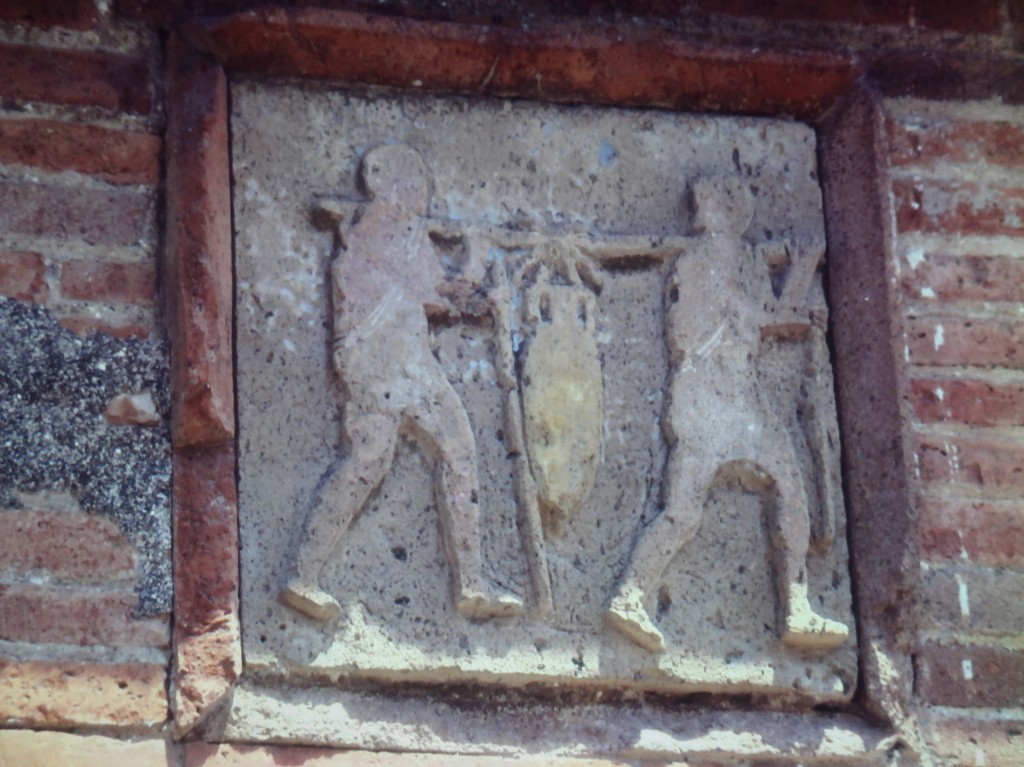
Mount Vesuvius sprewed for 18 hours before erupting allowing most of the inhabitants to leave. Many of those that died were found to be carrying money, valuables and gold with them.
1,150 bodies have actually been found.
Scientists noticed that when digging there were gaps where people once laid. The scientist used liquid plaster which molded into a person’s body. There are a number of places in Pompeii to view these molded people—even a dog.
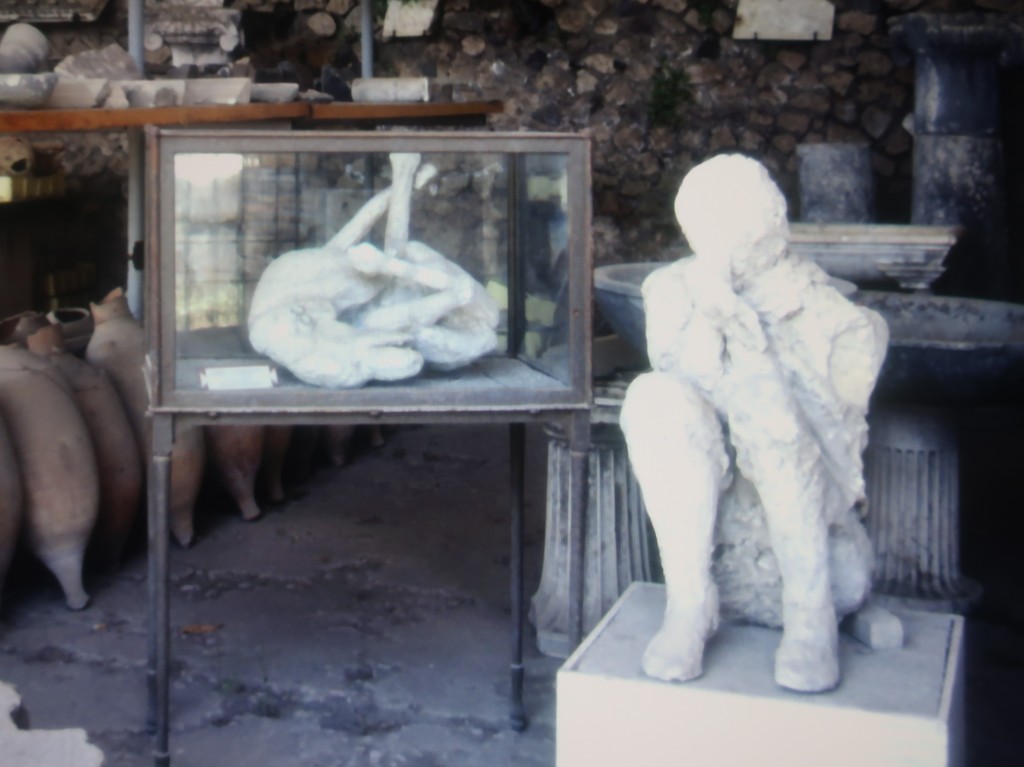
There were a number of actual skeletons that were found too.
The city of Pompeii remained lost for nearly 1500 years until some of the structure was uncovered in the late 16th century as they were digging for a canal. Archeological pursuits did not begin until the late 18th century. There are still areas in Pompeii which remain unexplored.
Pompeii is just over 10 miles north Sorrento. Kathie and I stayed in that beautiful city in 2018. Pompeii is about 15 miles south of the third largest city in Italy, Naples. Pompeii was just a little more than a thirty-minute train ride from Sorrento–the gateway to the Almalfi coast–which is written about in another of our travel blogs.
Sorrento or the city of Naples is the starting point for the “Circumvesuviana train.”
It operates every thirty minutes from either direction. We were lucky to get a seat as the train cars do fill-up.
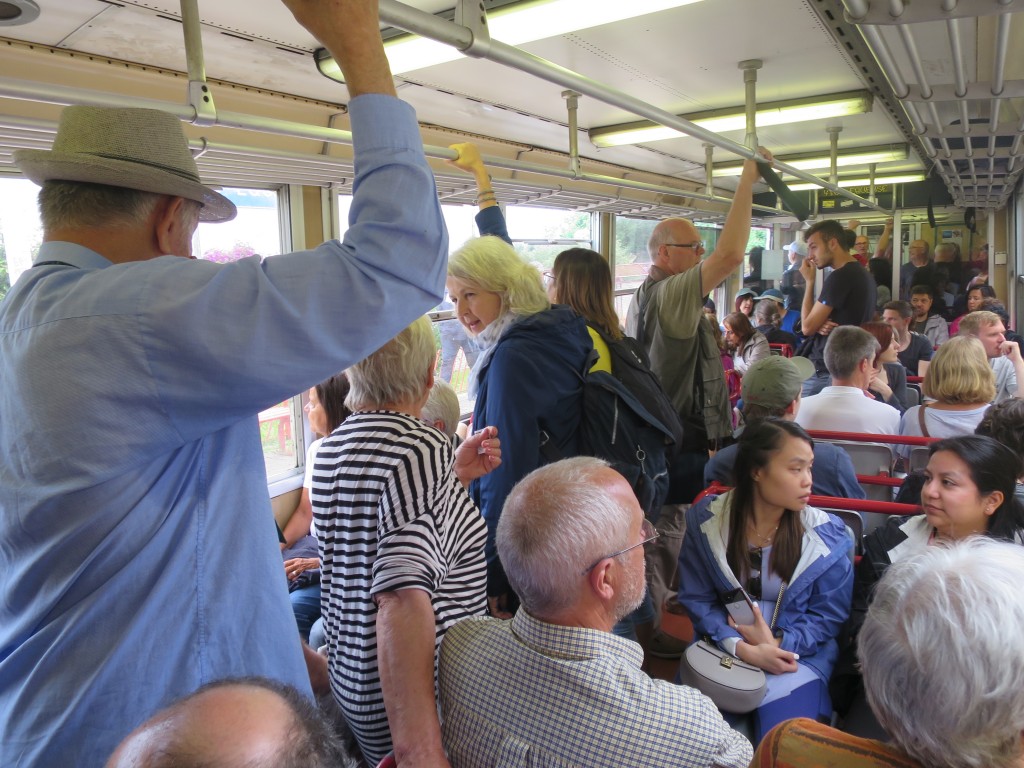
The train lets you off close to the Porta Marina entrance just down the street. You want to get off at the “Pompeii Scavi”( meaning excavations) platform. We have a friend and his family who got off and hailed a taxi. The driver took him around the block and let him off at the entrance for ten dollars. My friend was more than willing to pay to escape the embarrassment.
Currently ticket prices are around $20 dollars or more. We stood on-line for about twenty minutes on a rainy day. You can go-on-line to order tickets which may prove faster.
Pompeii is nearly 170 acres filled with streets and recovered buildings. Touring the place by yourself can be daunting. When getting your ticket, make sure you get a guide book which comes with the ticket. If we were ever to do Pompeii again, we would pay for a three-hour guide to help navigate us through this maze.
They also have audio guides, but Kathie will tell you I am not the best for hearing. Rick Steves has several good suggestions on travel guides and tours.
You may find a long line entering the Porta Marina entrance. At one time the sea actually came up to the entrance now filled with volcanic layers of ash and rock. You can still see the sea from Pompeii
I was there first in 1985 with a student group. Since then, more places have been found. In addition, a small museum was added and a few more bathrooms.
One of the central points of Pompeii is the Forum.
On a hot summer’s day, there can be as many as 10,000 people walking through the complex. Over 2.5 million visit this famous World Heritage Site.
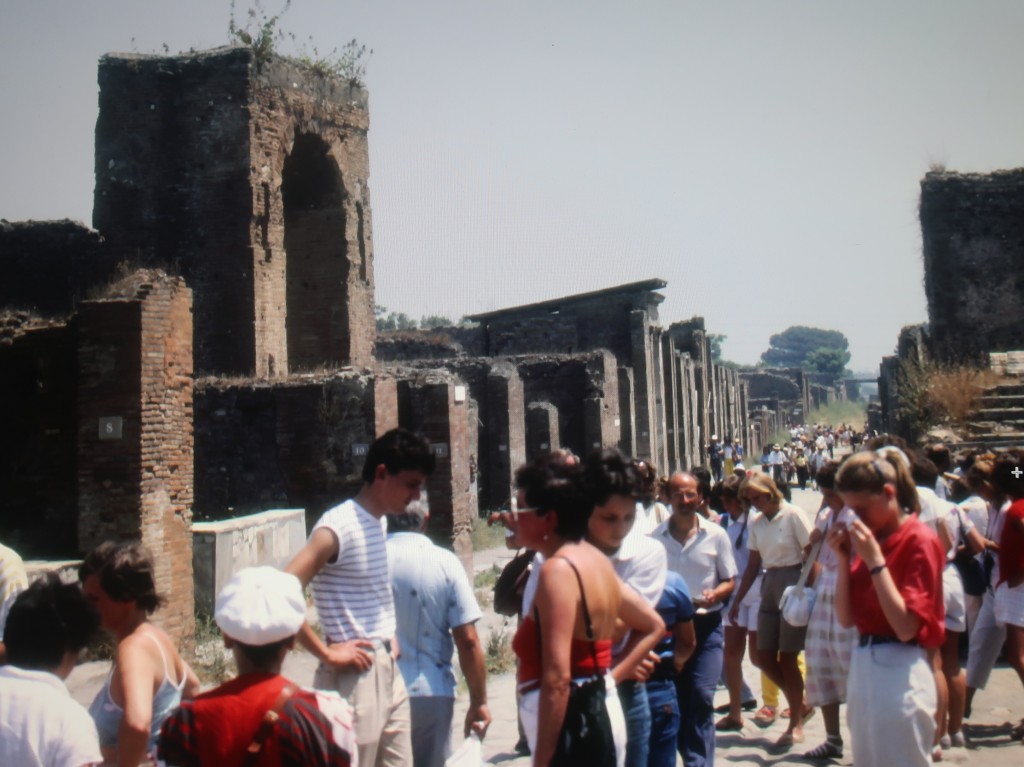
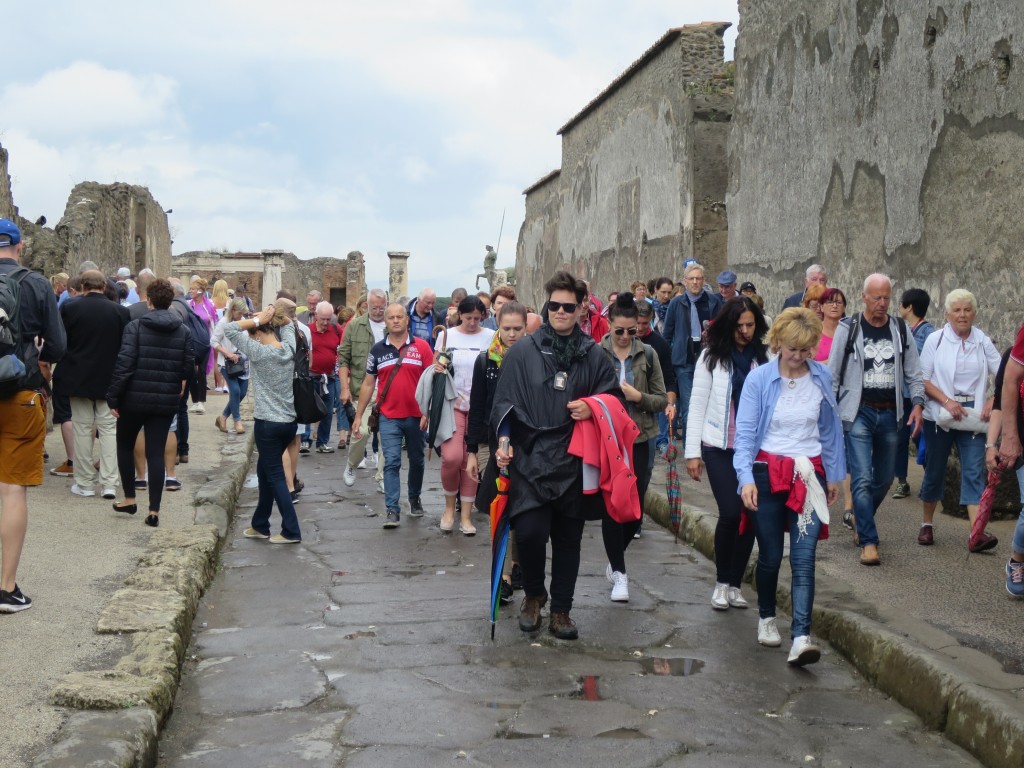
If you are there during the summer, highly recommend that you bring water as there is short supply in the complex. Good walking shoes will help too.
The small museum does have a number of artifacts. There is also a video. If you get in the room first, you can sit down—a welcomed respite.
It was easy to see they did not have mounted pictures. Painted scenes on the walls and floors were the motif of the times.
It is known that Pompeii once consisted of 130 bars, restaurants and hotels. There were also 40 bakeries and 30 brothels. The two times I have visited Pompeii, I have yet to see the famous brothel enclosure with erotic art.
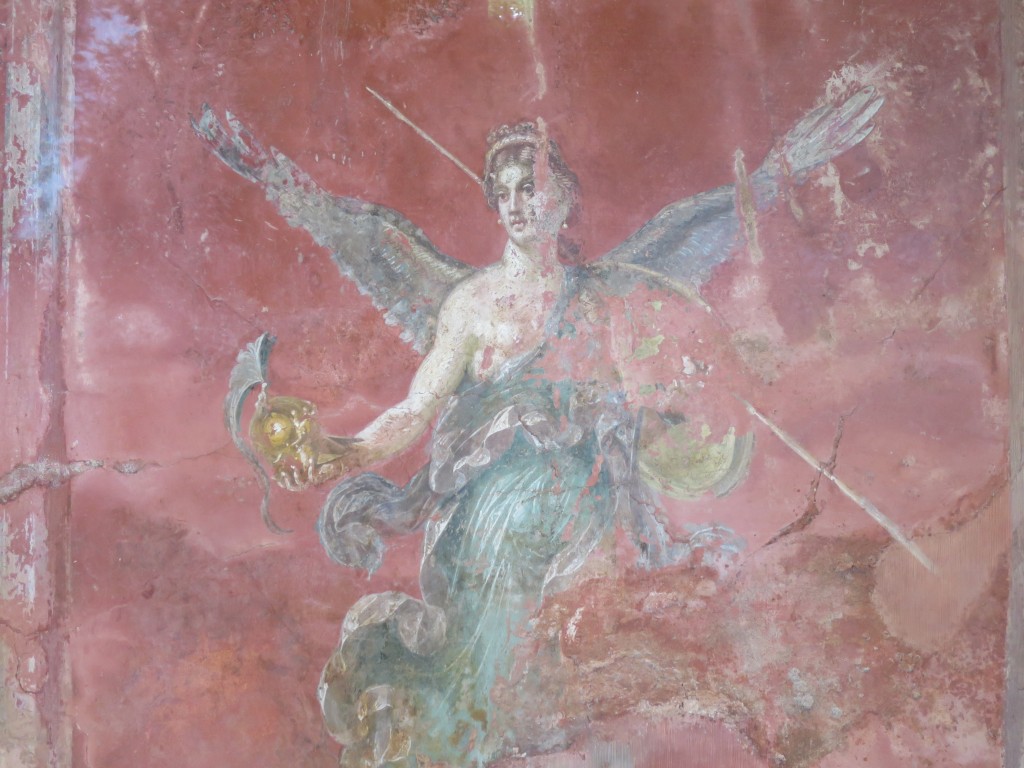
There were a number of villas with mosaic floors.
At first, I thought the “holes” were the bathrooms for the ancient Pompeiians. These holes were for food pots to cook in the restaurants.
We saw the bathroom system used in Ephesus, Turkey in our 2001 visit.
What I did not see in 1985 were two statues that were placed in the complex. I guess the authorities needed to “juice-up” the complex.
Many of the original sculptures today are replicas. Many of the original artifacts and sculptures are in the Naples Archaeological Museum. We did not stay in Naples and left that famous museum for another time.
There is the picturesque statue of Faun—a replica.
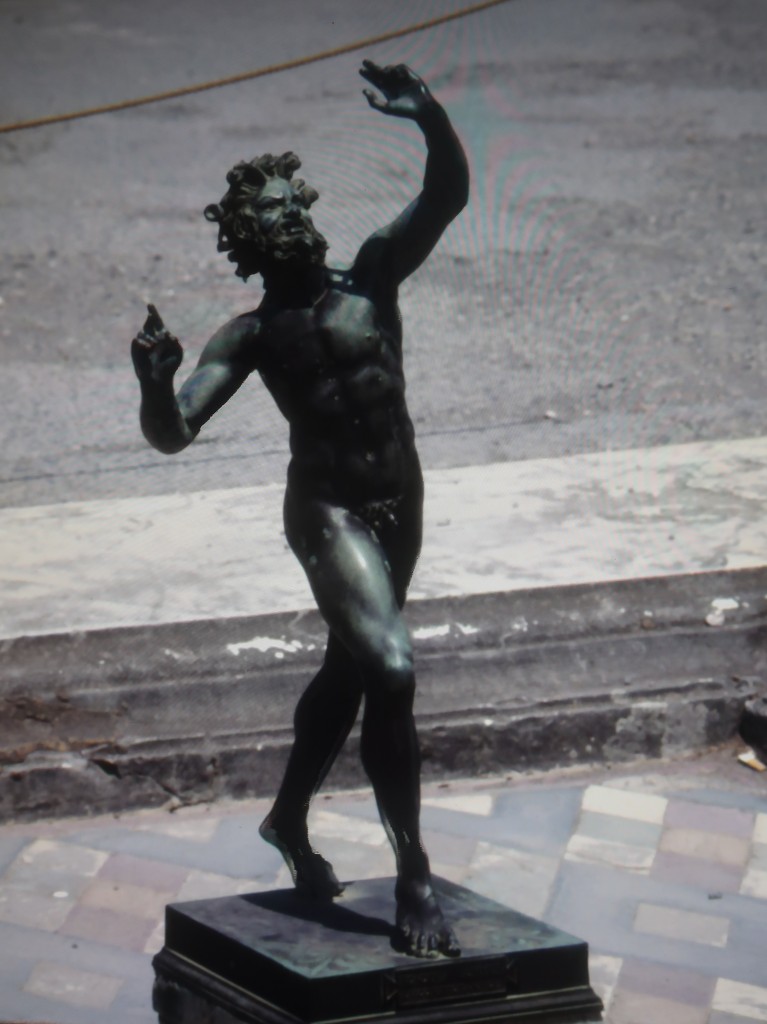
Close by the largest house in Pompeii with over 27,000 feet, consisting of 27 rooms—an entire city block.
Kathie and I found where the amphitheater is located. I had missed this ruin in 1985. This arena was built in 80 BC and could hold 20,000 people. It is a huge arena and easy to see where gladiators once fought.
In the streets periodically there were large stones. These stones were used to “step-over” the water that used to clean Pompeii’s streets. An aqueduct brought water from 100 miles away.
Lead pipes over 2000 years old can still be seen. They were imported from Cornwall–a place in England known then as Britannia.
There are a number of beautiful villas that people can go into. The furniture long gone, destroyed by the eruption.
A number of artifacts I saw in 1985, I did not see in 2018. It is easy to miss as this place is huge. We did get to explore more on our own, but missed out on the narrative history of exactly what we were seeing.
